Arino interviews Sakuma Maki, the creator of Momotetsu.
How in the world was Momotetsu born?
You can’t miss the behind-the-scenes stories and the stories of our friends Yuji Horii and Akira Toriyama.
In the challenge corner, Takahashi Meijin appeared to conquer the legendary Larios.
point worthy of note
The highlight of this year’s show is still the challenge of Star Force.
Speaking of Star Force, legendary demo player Takahashi Meijin is the man behind it.
It’s a rare episode where Takahashi Meijin appears to give advice.
The interview, in which you can hear about Sakuma Makira’s amazing network of contacts, is filled with stories you can’t hear anywhere else.
Synopsis.
Creator’s Interview
bamboo fence
Born in 1952 in Suginami-ku, Tokyo.
He became popular through the reader contribution page “JUMP Broadcasting Station”.
Since the release of Momotaro Legend in 1987, he has worked as a game director for the Momotetsu and Momoden series.
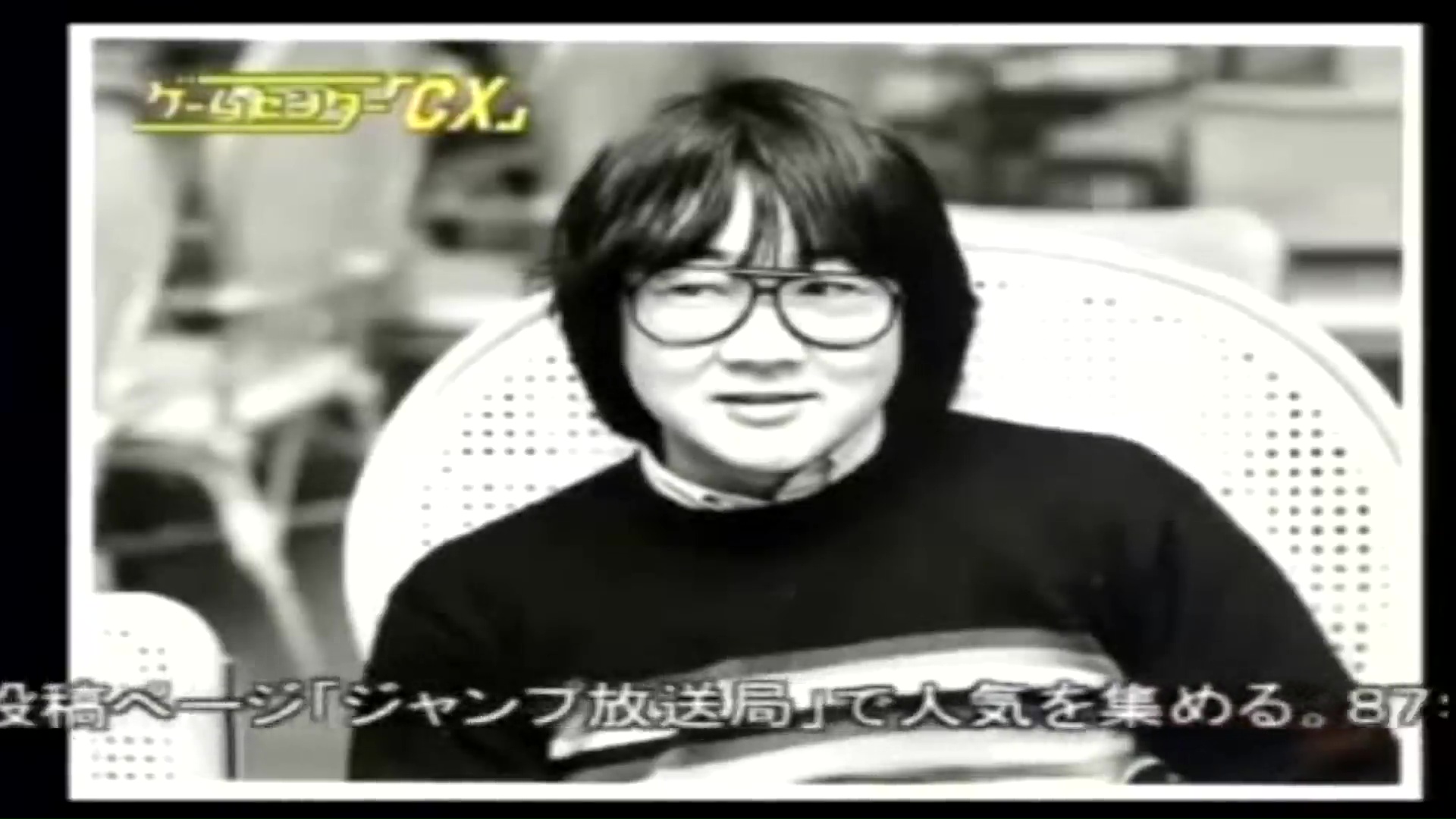
Jumping stations are very popular!
It seems that Arino himself was a big fan of the JUMP broadcast station, and he approached the interview with great enthusiasm.
It is said that he was a comedian who had many fans, and among them, he had a relationship with Goro Buffalo.
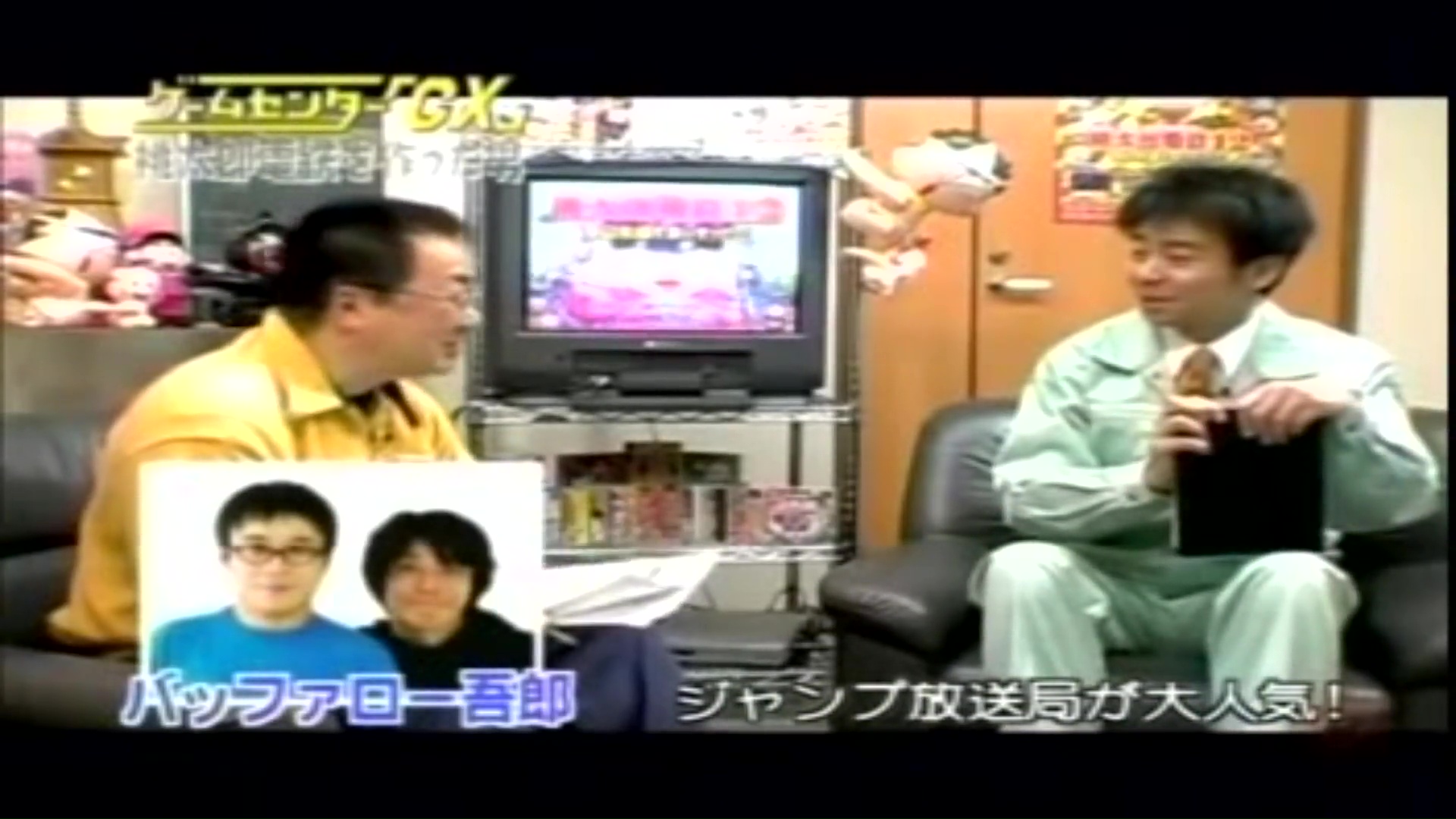
A popular corner of the Weekly Shonen Jump magazine, the Jump Broadcasting Station was located at the end of the magazine.
It was a system where readers would submit stories and compete with each other for points, which captivated the boys of the time.
Sakuma, along with Doi, Enomoto, and others, was in charge of this popular corner for 14 years.

Entering the Gaming Industry
The Legend of Momotaro would be Sakuma’s gaming debut, but his motivation for creating the game was surprisingly simple.
His friend from college, Yuji Horii, was prompted by him to make a game after he made Dragon Quest a hit at the time, or so he says, and that’s what originally inspired him to make the game.
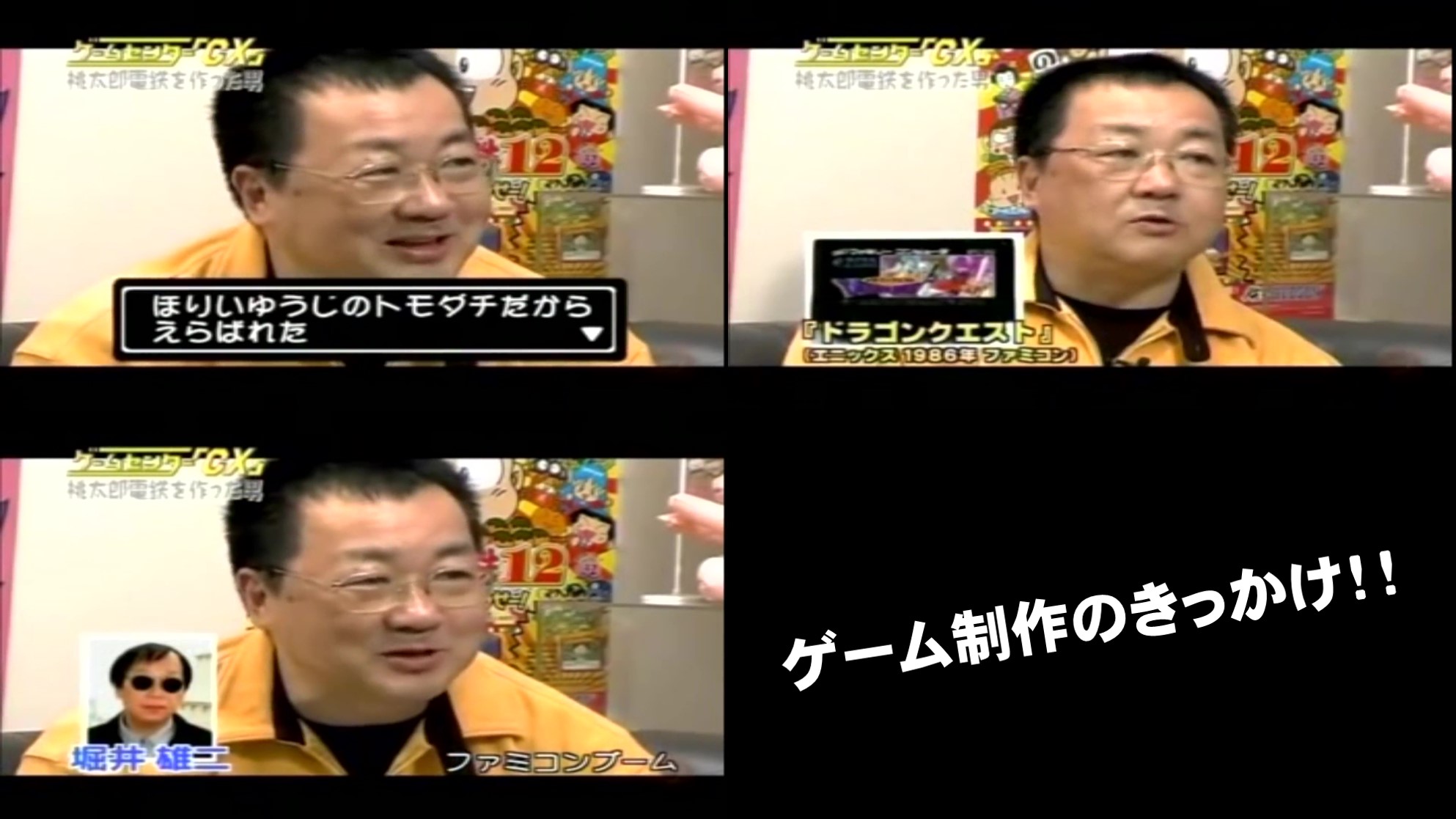
The Genesis of the NES
Sakuma set out to create a game, but he turned to Doi, who he meets every week at the JUMP broadcast station, to do the design.
Doi had never designed a game before.
Apparently, there was a lot of things in the past that would have been unthinkable today.
One of the most amazing things was a game proposal that was only three pages long, and it’s still talked about to this day.
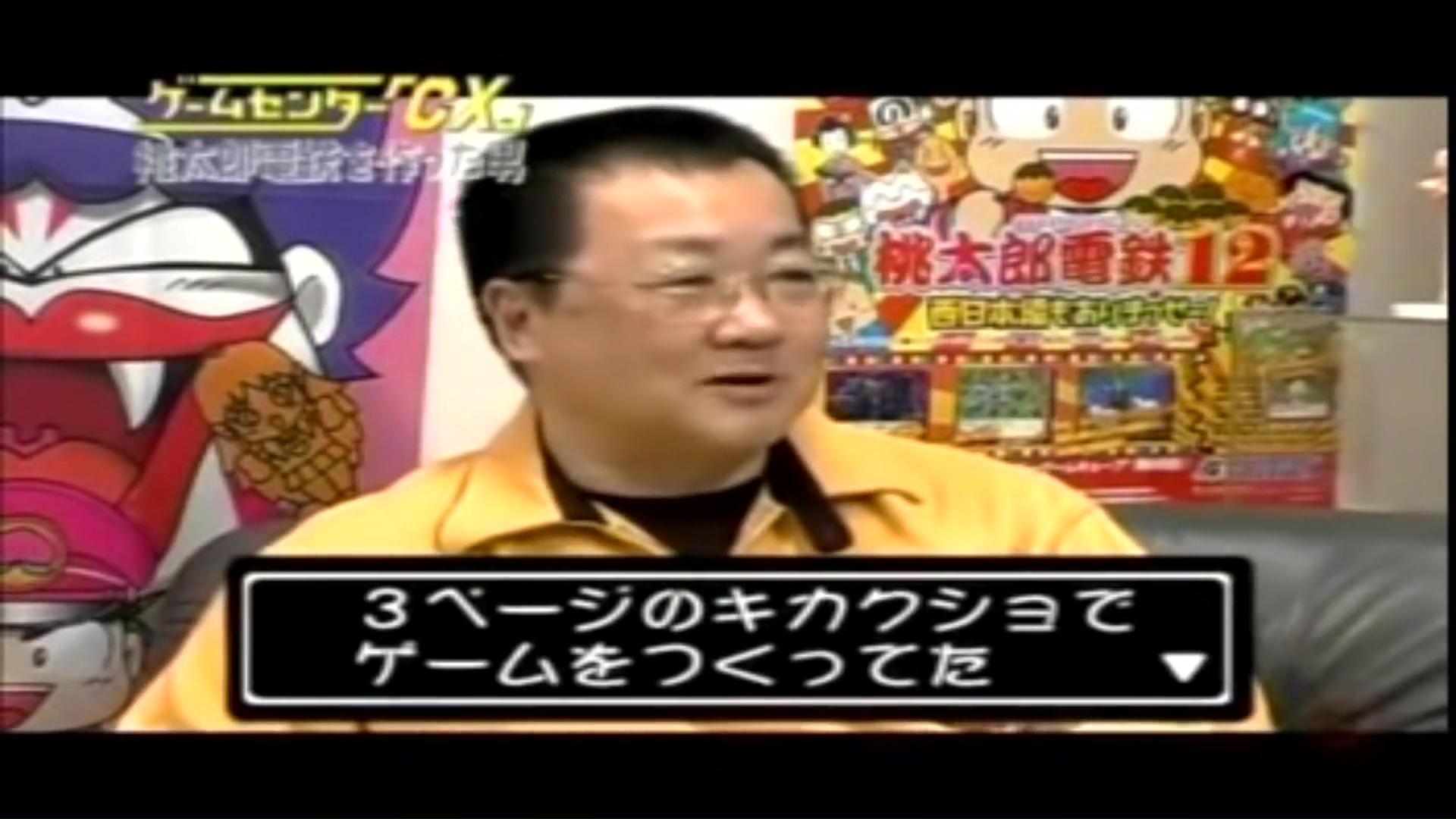
An RPG from Hudson’s RPG Momotaro Legend, based on a story everyone knows: Momotaro.
The game was designed by Doi, aka “Don”.
The design of the forest on the field has been transformed into an idiot and a prototype of the Bombie has appeared, giving the game a Jump Broadcasting Station feel.
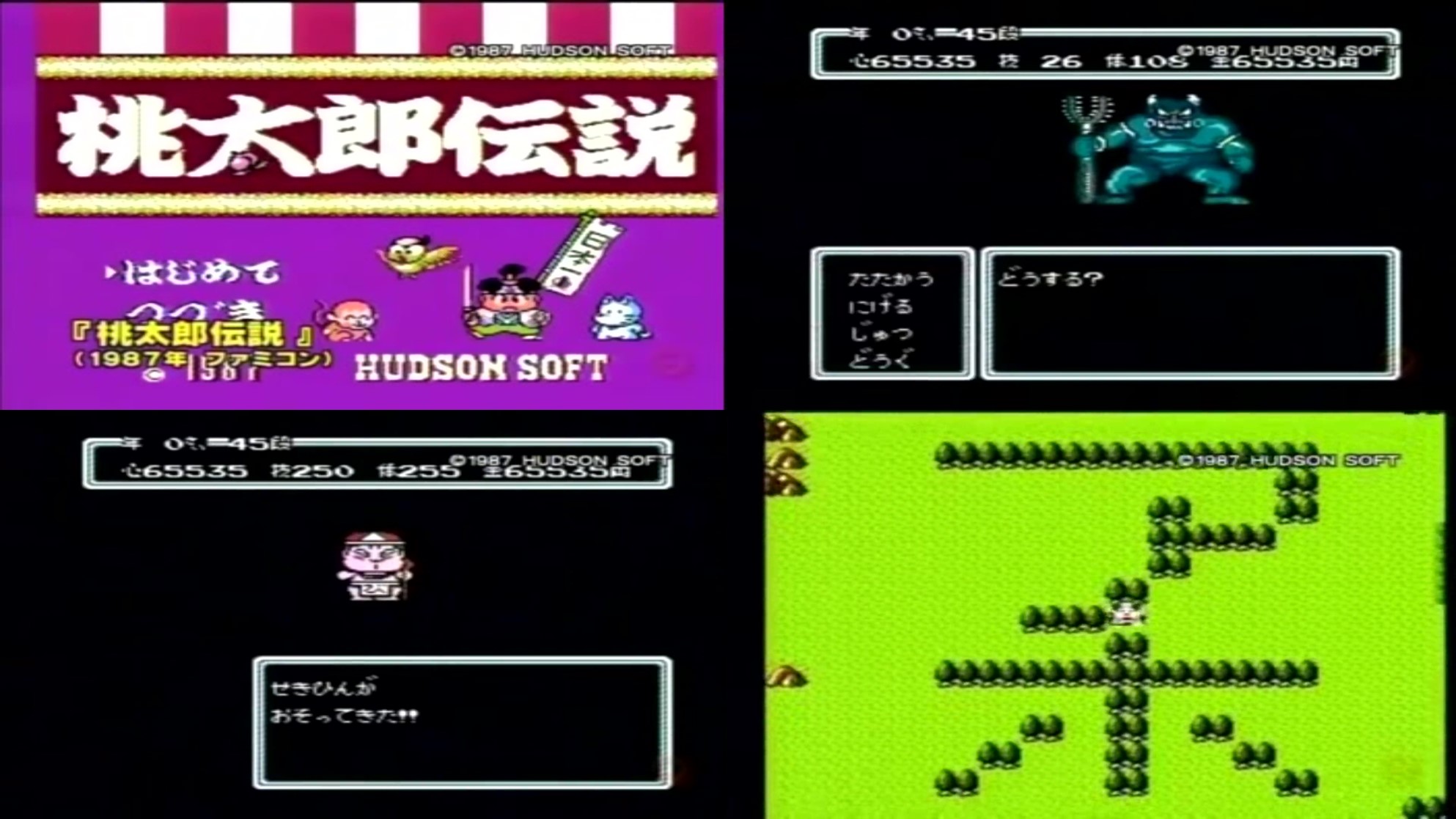
His first novel, The Legend of Momotaro
Making his first game was a struggle.
No one at Hudson, the company that produced the game, had ever made an RPG before, and Sakuma’s only recourse was to ask his friends for advice.
Sakuma received a phone call from Yuji Horii, who advised him on how to make his first game.
What a lavish piece of advice.

game music
When thinking about the music for the game, Yuji Horii asked his friend Kazuyuki Sekiguchi, bassist for the Southern All Stars, to do the same since he had chosen the famous Koichi Hashiyama for the music.
All he had to do was to ask him to write two or three songs for the project, but in reality, he had to write almost 30 songs.
Finally, “You write so much? He was overwhelmed.
The Birth of Peachtree
With the support of many friends, he created Momotaro Dentetsu the year after the legend of Momotaro.
It all started with a piece of imitation paper.
Sakuma played original board games with his friends using the imitation paper.
The more staff members were assigned to do the calculations, the bigger it became.
However, the amount of money was getting higher and higher, and the staff members who were tapping their calculators could no longer make the calculations in time.
So Sakuma thought, “Why don’t we ask Hudson to make it for us?
Then, Sakuma gave a presentation that only Sakuma could give.
The idea was to have someone from Hudson play the board game in person.
The people at Hudson liked it so much that they decided to make a game out of it.
The board game was created from imitation paper.
That’s the origin of Momotetsu.
And the game had a certain person as a model.
Model of the game
The model for the game is Sakuma, who is said to be Yoshiaki Tsutsumi.
Tsutsumi is the owner of the Western Railway Company.
He was disciplined from an early age through rigorous Teutonic studies, and while in college his father told him to think of ways to attract people to Karuizawa in the winter, so Tsutsumi opened a successful skating rink with his fellow members of the Tourism Society.
Sakuma had read 200 books published by Tsutsumi.
One of the books surprised him.
It was that when Tsutsumi was running the Naeba Ski Resort, there was no train service, so he asked the Japanese National Railways to pull the line because they would pay for everything from the production costs to the cost of the station staff.
This action and idea of Tsutsumi was the basis for the creation of Momotetsu.
When the idea for the Momotetsu line came to him, he immediately wrote down the idea in his notebook, but the notebook was so small that he was only able to divide the Japanese archipelago into 16 sections, which, according to Sakuma, is why the familiar 16-part map was created.

About setting the amount of money
The reason for setting the unit of 100,000 yen was partly because of programming problems, but more importantly, the unit of 10,000 yen was too shabby to be interesting.
SUPER Momotaro Dentetsu Game Boy
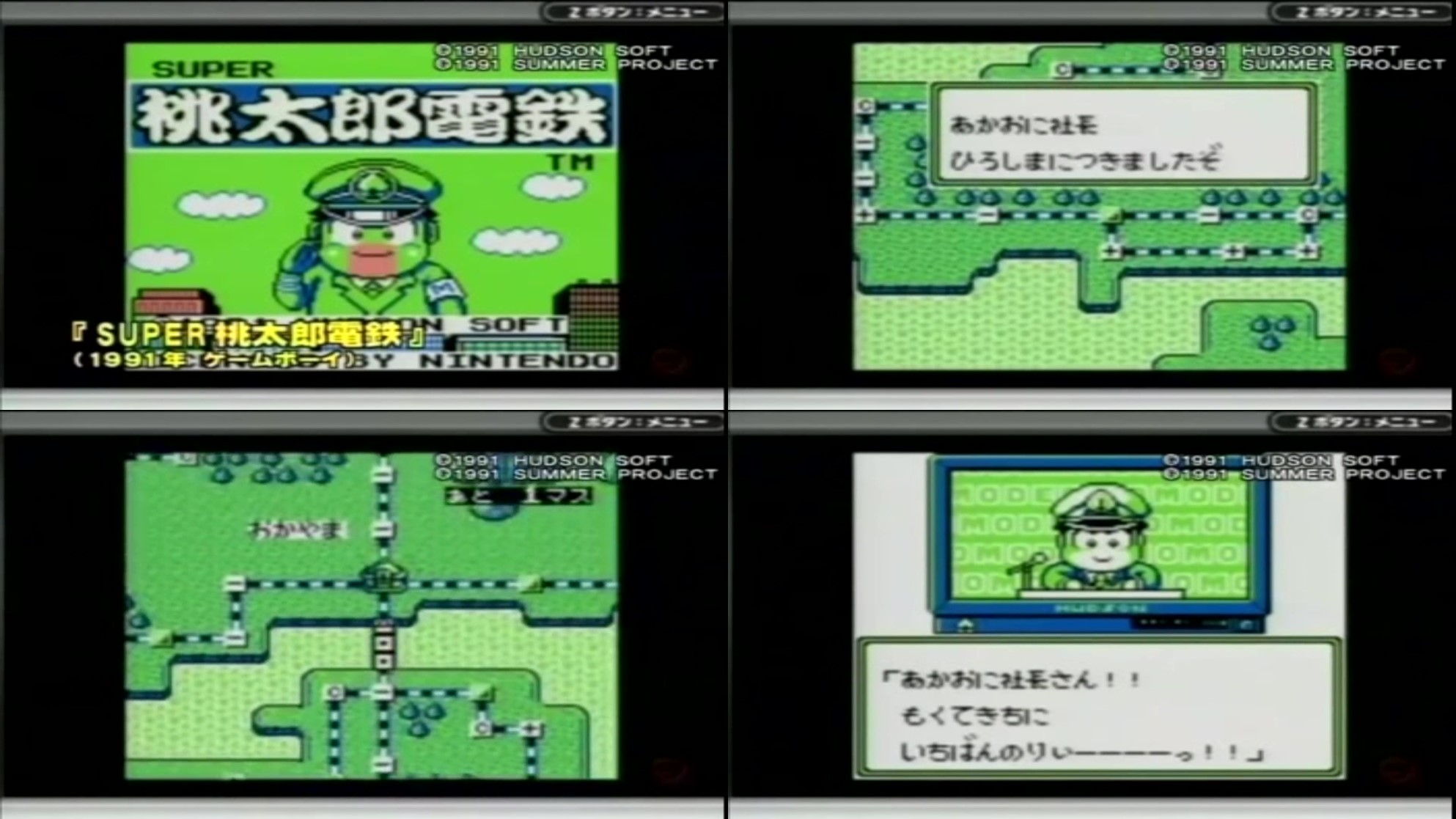
The game was released on the Game Boy.
At this point, the train layout, characters and basic rules of the game had already been established.
Since then, the series has continued to appear on all kinds of hardware, including the Super Nintendo and PlayStation.
New stations and cards were added each time, and Momotaro Dentetsu grew into a popular classic.
The “Momotaro Dentetsu V” and “Momotaro Dentetsu 7” PS
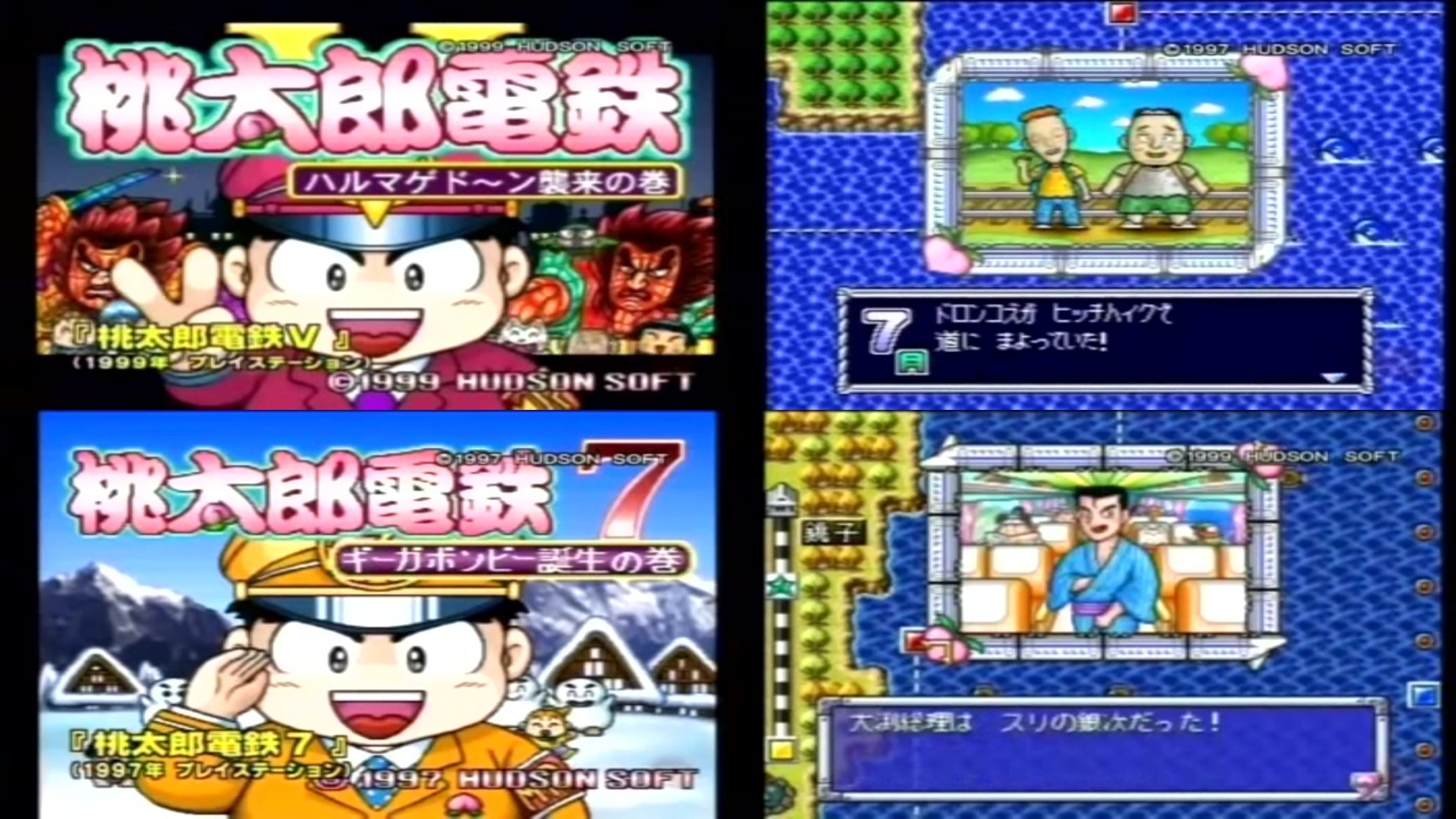
The story behind the Peachtree.
What did you care about in making Momotetsu? When Arino asked him if he visited the area, he said he always visited it.
However, when he does, he said that he rejoices in the areas he likes and if he doesn’t like them, he removes them.
He laughed at the places he didn’t like but couldn’t take off because they were famous, saying that he only put Akamas around them in the game.
By the way, it seems there are a lot of them in Okayama.
When he was in college, Sakuma Akira was a member of the manga study group.
After his graduation, his multi-faceted lifestyle began.
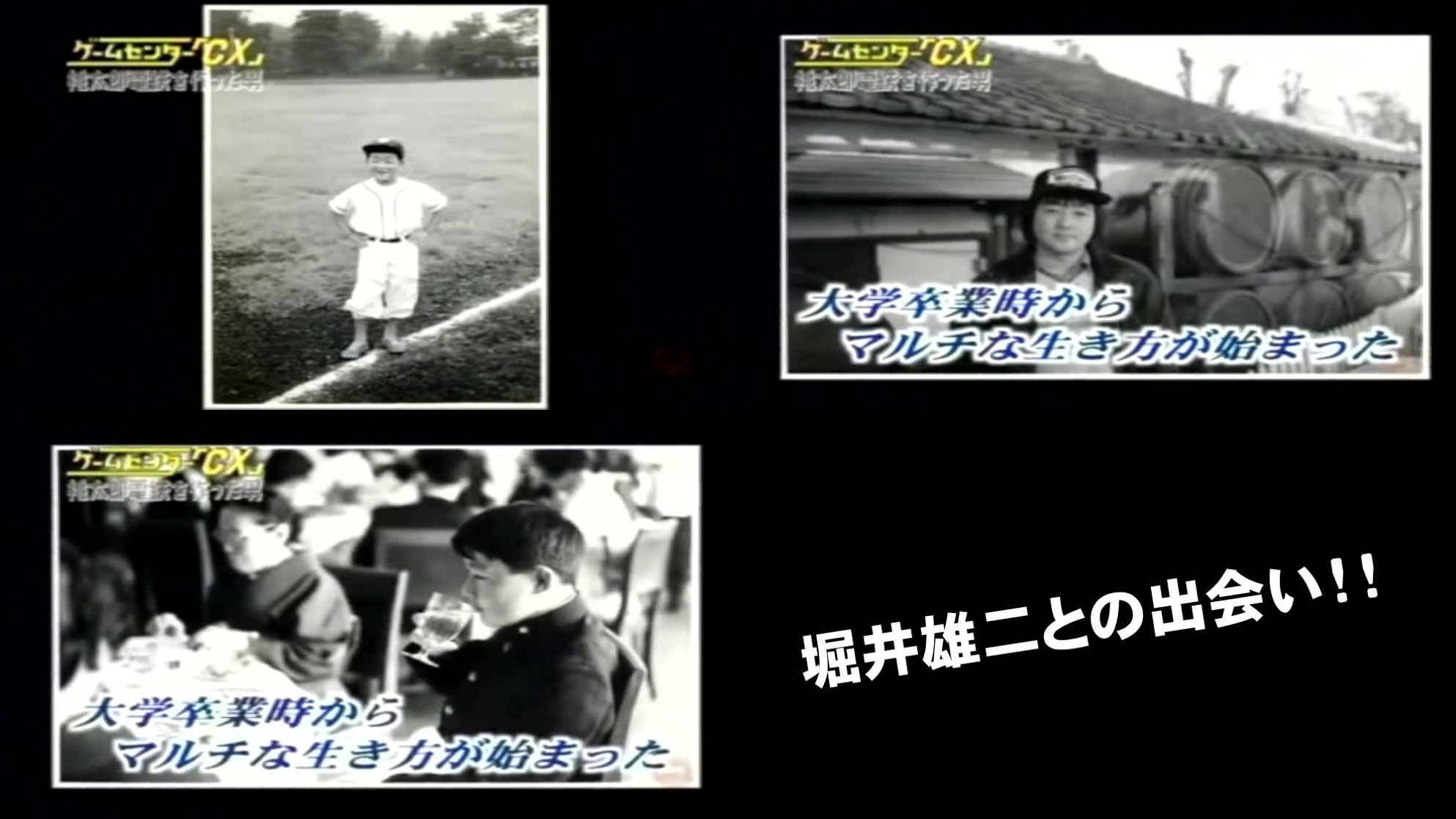
Encounter with Yuji Horii
When they were in college, Sakuma and Horii originally attended different universities.
They happened to belong to the same manga research group when the nearly 30 universities in Tokyo were unifying.
There they hit it off and became good friends.
Let’s go pro!
When I graduated from college, I had the biggest job loss of the post-war era.
It was the time of the oil crisis.
When his friends and colleagues thought about what to do with their lives, they decided to become professionals.
At this point, Arino asked a question that I’m sure everyone would have asked themselves.
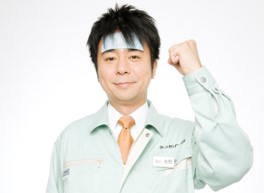
What’s that?
They talked about becoming professionals in whatever genre they wanted to be.
His friends, including a manga artist and a freelance writer, each went on to become the professional they wanted to be.
Sakuma himself became a freelance writer and wrote 400 pages a year for the weekly Seventeen magazine, including articles on the Tanokin Trio.
Kazuo Koike Gekiga-mura Juku
Kazuo Koike is the famous author of “Wolf with Child”.
The reason why Sakuma became a student at the opening of Gekiga-mura Juku is interesting.
It’s easy to become a great student at a cram school like this one.
He joined the school because he thought that even if he didn’t succeed, he might be able to see those great students in the first year of the school.
And that intuition was spot on.
To his surprise, among the first year students was the amazing Rumiko Takahashi.
At this point, Arino wondered why she hadn’t come to the same school as Takahashi Rumiko.
Like Sakuma, Rumiko Takahashi could not be counted on to be the kind of “gekiga” that Kazuo Koike had created, could she? That’s what I mean.
In fact, Koike did not impose his own dramatic style on his students at all.
Gekiga-mura Juku era
Sakuma joined Koike Kazuo’s Gekiga Murajuku, but the course he entered was called an editing course.
However, since Sakuma was the only applicant, he had nothing to do at all.
What should I be doing? When I asked him what he thought of the project, he told me that he thought it would be useful in the industry as well, and that I should give it a look.
With nothing much to do, Sakuma decided to try writing an original story in his spare time, and to his surprise, it became a hit.
To his surprise, it became a hit. The original work was rated number one among the students.
Kazuo Koike later took Sakuma Akira as his number one disciple.
Akira Toriyama is a friend of mine.
Sakuma was not only a writer, but also a manga critic.
One day, Sakuma saw Toriyama Akira’s work and immediately wrote an article about an amazing newcomer to the scene.
When he met him in person, he found that he was on the same wavelength as him and had already pushed him.
JUMP broadcast station
The Jump Broadcasting Bureau was a monster section that ran for 14 years.
It’s no wonder, then, that the corner was so popular that almost all readers took a look at it.
At its peak, the corner received 40,000 postcards a week.
When I asked him if he could read 40,000 postcards, he replied that he could.
Sakuma said he could read them all, and it was this that gave him his special ability.
It’s amazing that with just one glance at a postcard, he can see the whole content of the postcard.
Sakuma says it’s like being able to tell the difference between a male and female chick.
Sakuma’s experience in all kinds of professions and his wide range of friendships have made him a game creator, Sakuma Makira.
I hate flying.
Peachtetsu is created by walking around the country.
There is no foreign version of Momotetsu due to Sakuma’s inability to get on an airplane.
The reason Sakuma was able to make the Hawaii version, despite his inability to fly, was because Sekiguchi of Southern, who did the music for Momotaro Legend, spent most of his time in Hawaii and was able to talk to him.
Momotetsu Popular Character Encyclopedia
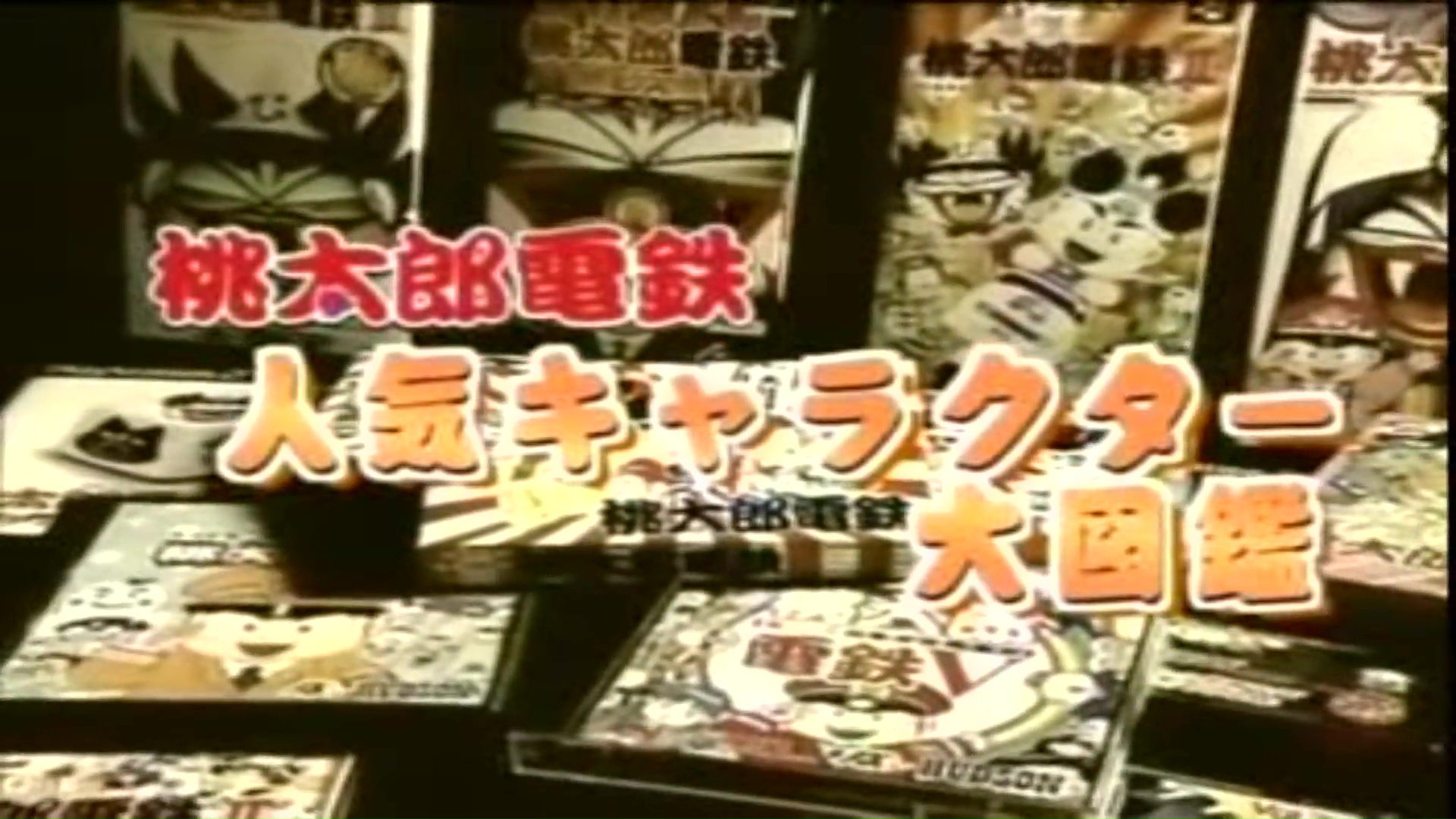
god of poverty
A powerful character with an overwhelming presence that makes him a force to be reckoned with.
He is utterly useless and does a lot of superfluous things, but there is something about him that is hard to hate.
His model is Mr. Enomoto.
Mini Bombie.
The figure of the poor god transformed.
The adorable figure is soothing for a moment.
King Bombie.
Most formidable character.
He commits all sorts of evil deeds against the players when they get on their heels.
It’s not an exaggeration to say that he is the key to victory, as he can cause complete reversals of the players’ fortunes.
Momotaro
Facilitator of the game
Lady Yuma
Like Momotaro, he is the facilitator of the game.
Oi Don
This character appears when you arrive at Kagoshima Station.
He is a good guy who increases the amount of capital and gives us money.
Ginji the Pickpocket
The character is relentlessly squirreling away money.
However, he can also give you money when you have negative money.
Other
There are many other humorous characters in the series, such as Doddillars, Momotraman, Bakamon Dad, and Densuke Train, among others.
How to make a card
Speaking of Peachtree, the cards are a thing.
How are they made?
In Sakuma’s mind, the leading candidate cards are divided into two groups: the first group and the second group.
If a card that was in production doesn’t make it to market, it may not even exist at the time of release.
They say that they always think about the cards in advance of their titles.
I received ideas such as the “Francisco Xavier Card” from readers and others, and I was thinking about what kind of content the card would have.
Hero in Peachtree!
Sakuma said that he has heard some happy comments from users who have played Momotetsu.
One of the comments was that their test scores had gone up.
It is true that even children who are not very good at studying historical figures and geography in Momotetsu can raise their scores by playing the game.
And the kids who got higher scores tended to study other subjects as well and get higher scores.
Before long, Momotetsu became the software recommended by the PTA as well.
Indeed, some people on the internet have said this.
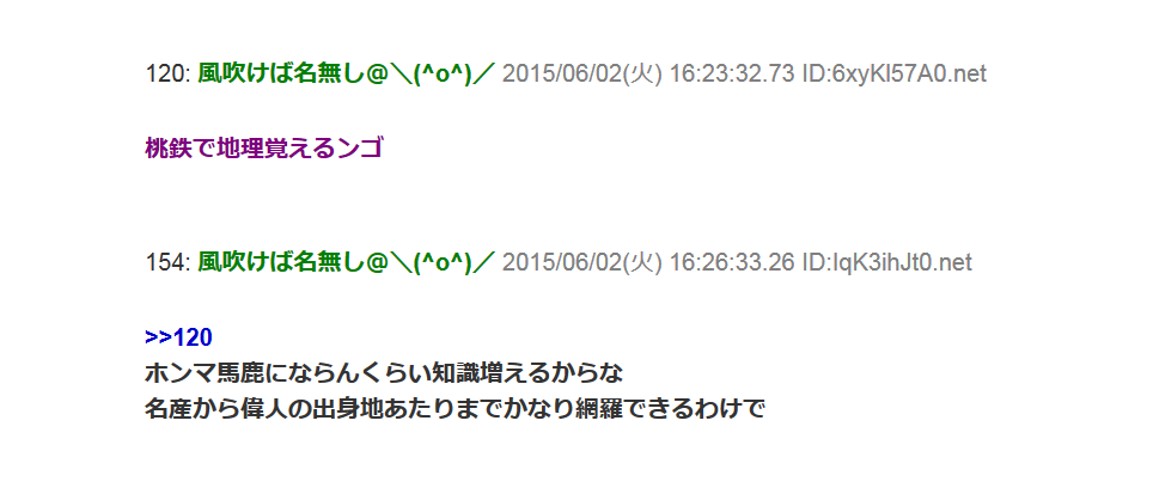
Popular Cards A La Carte
Galactic Railway Card
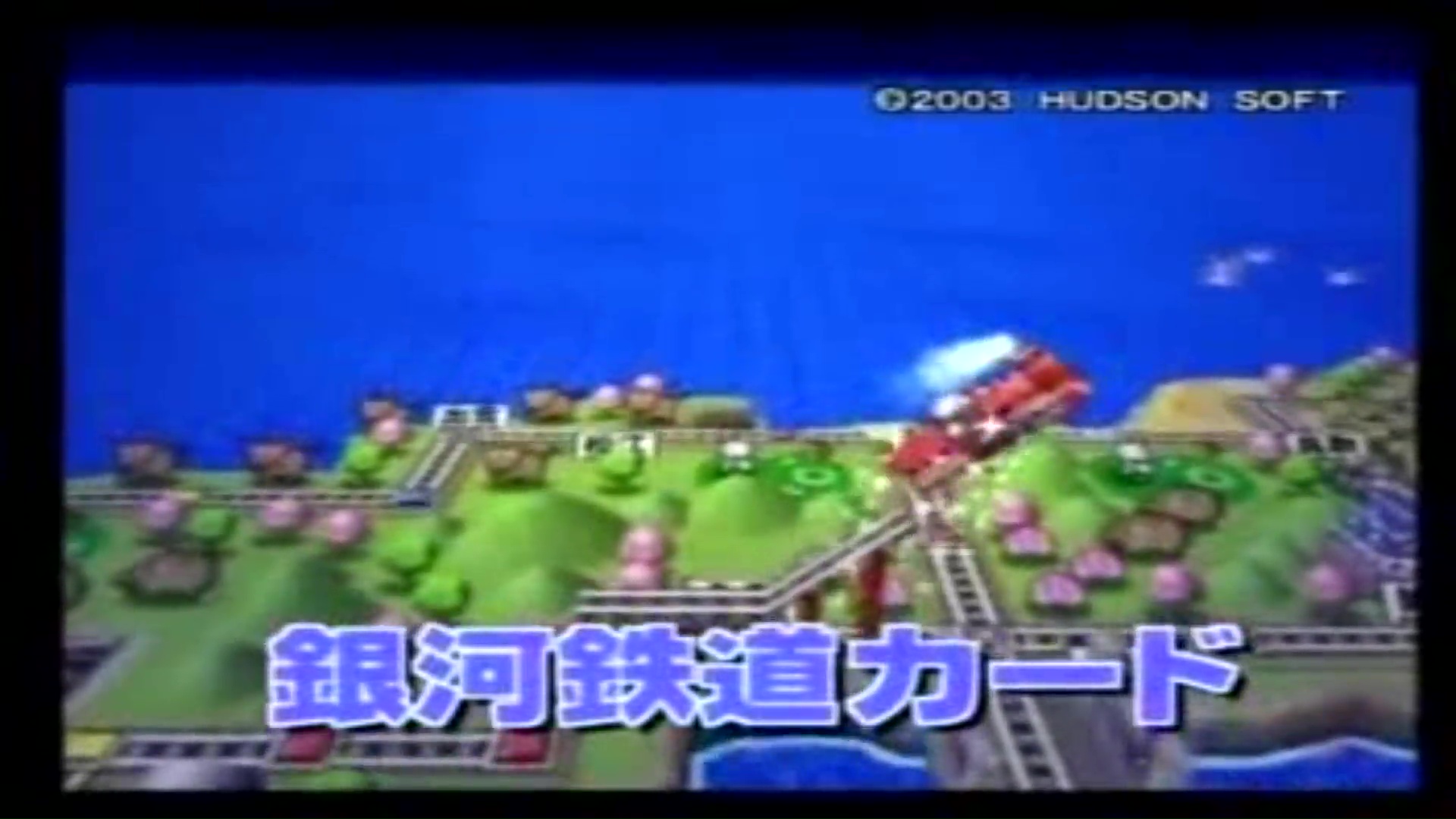
This dream card says that once you use it, you will always arrive at your destination in the universe of Aomas.
The secret to its popularity is its romantic visuals.
moratorium card

No matter how much debt you have, you can use this one card.
This is a very nice card.
gold card
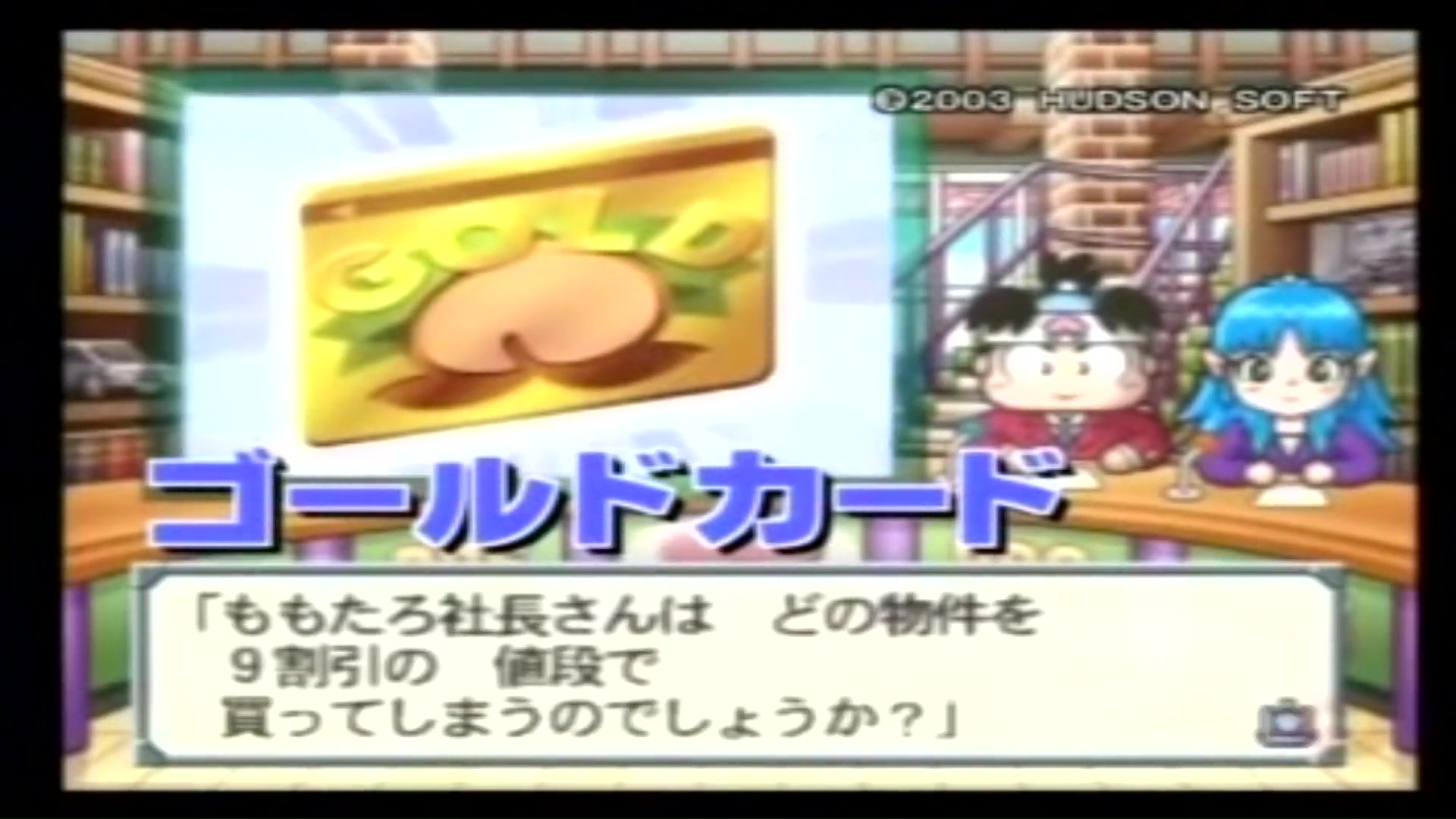
A dream card that allows you to buy a property for a tenth of the price.
platinum card
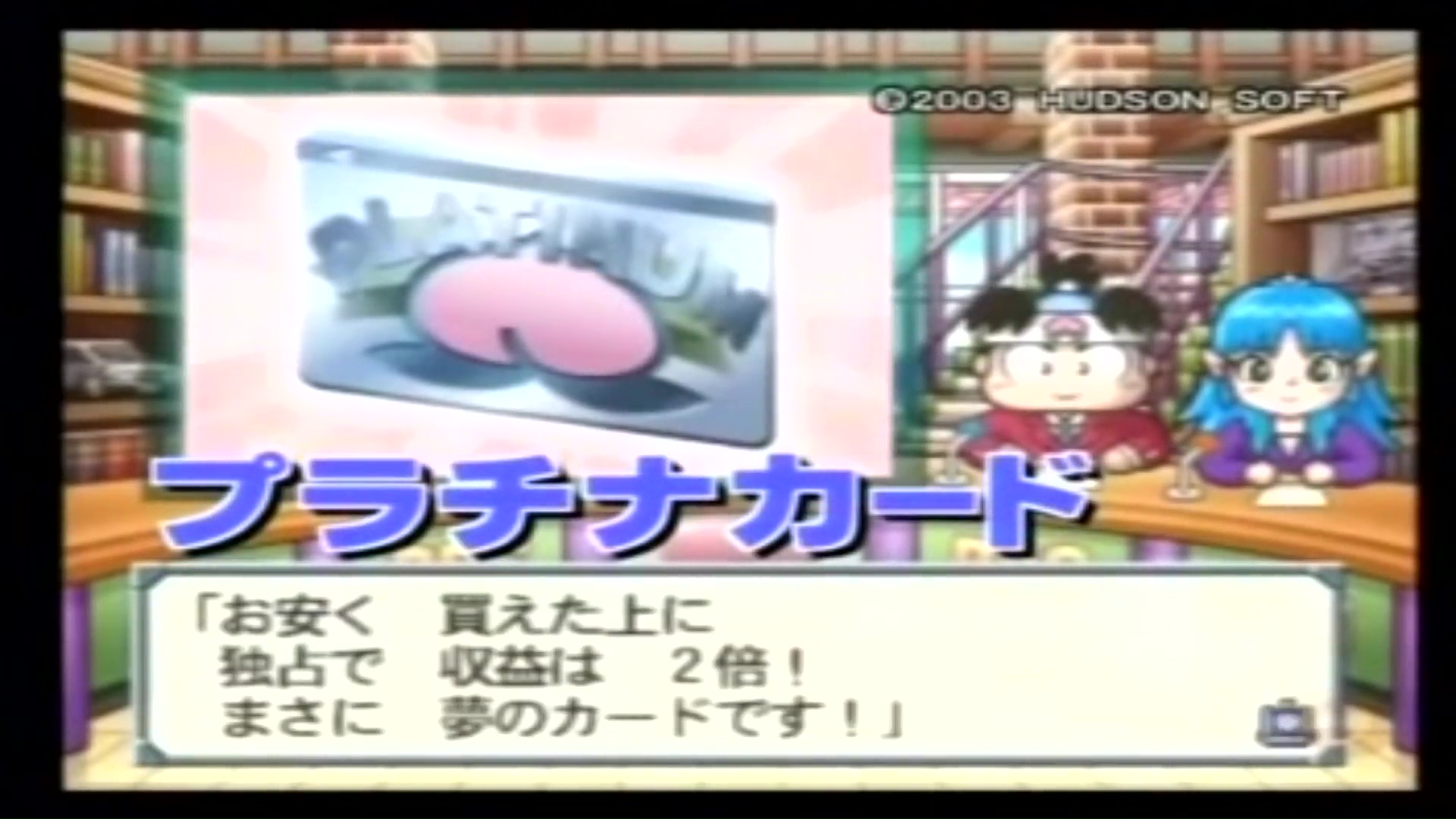
A card that allows you to buy an entire city, not just a property, for a tenth of the price.
There are many other cards that exist.
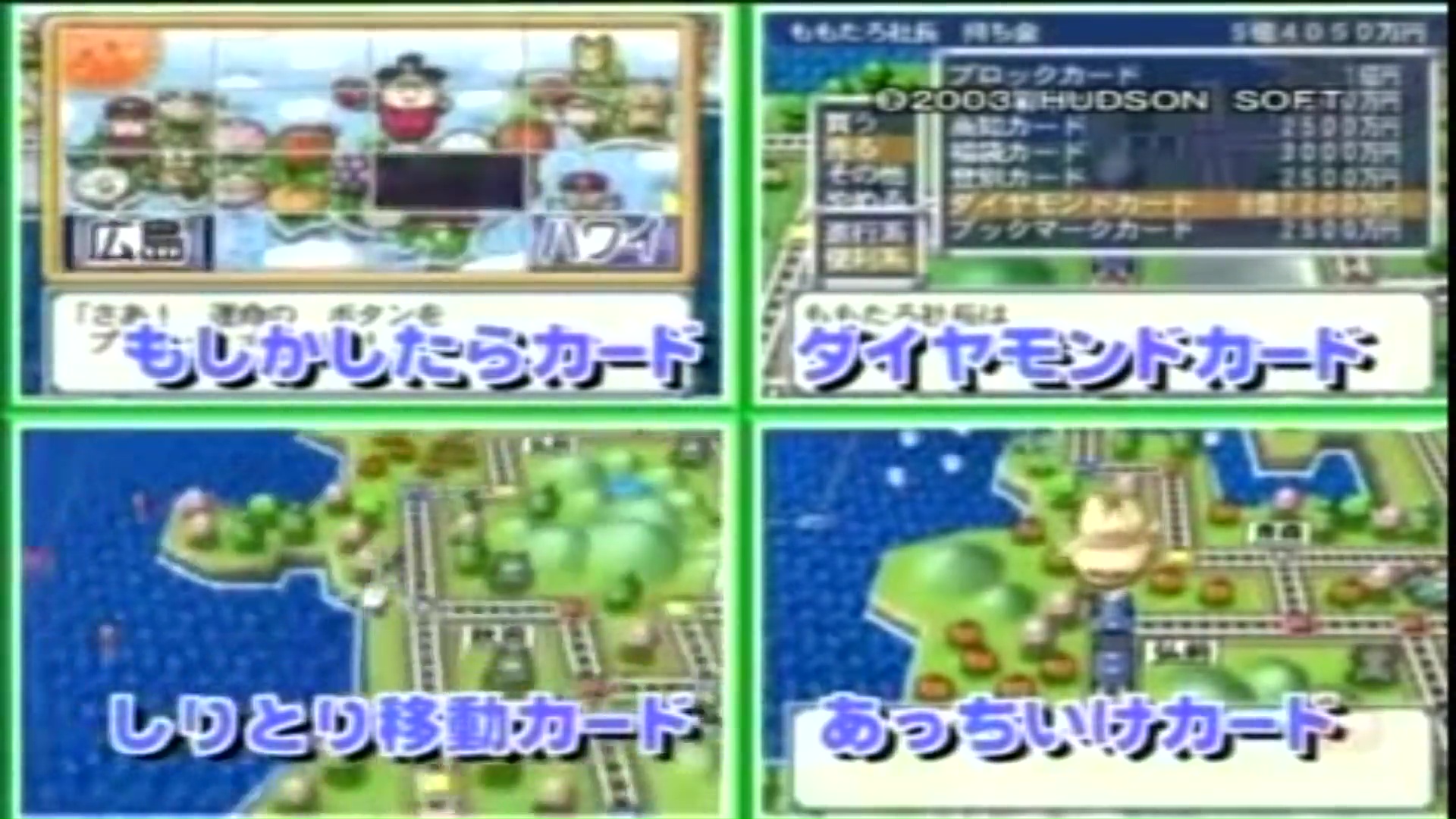
Our interview with Sakuma takes us one step further into the world of Momotetsu with the director of Momotetsu.

Hideo sibao
He’s been participating as a director since Momotetsu 11.
He also worked on the scenario for “Renas: Memories of Ancient Machines.
His works have always been very elegant, but somewhere in the back of his mind he wanted to try his hand at something a little more vulgar, like what Sakuma does.
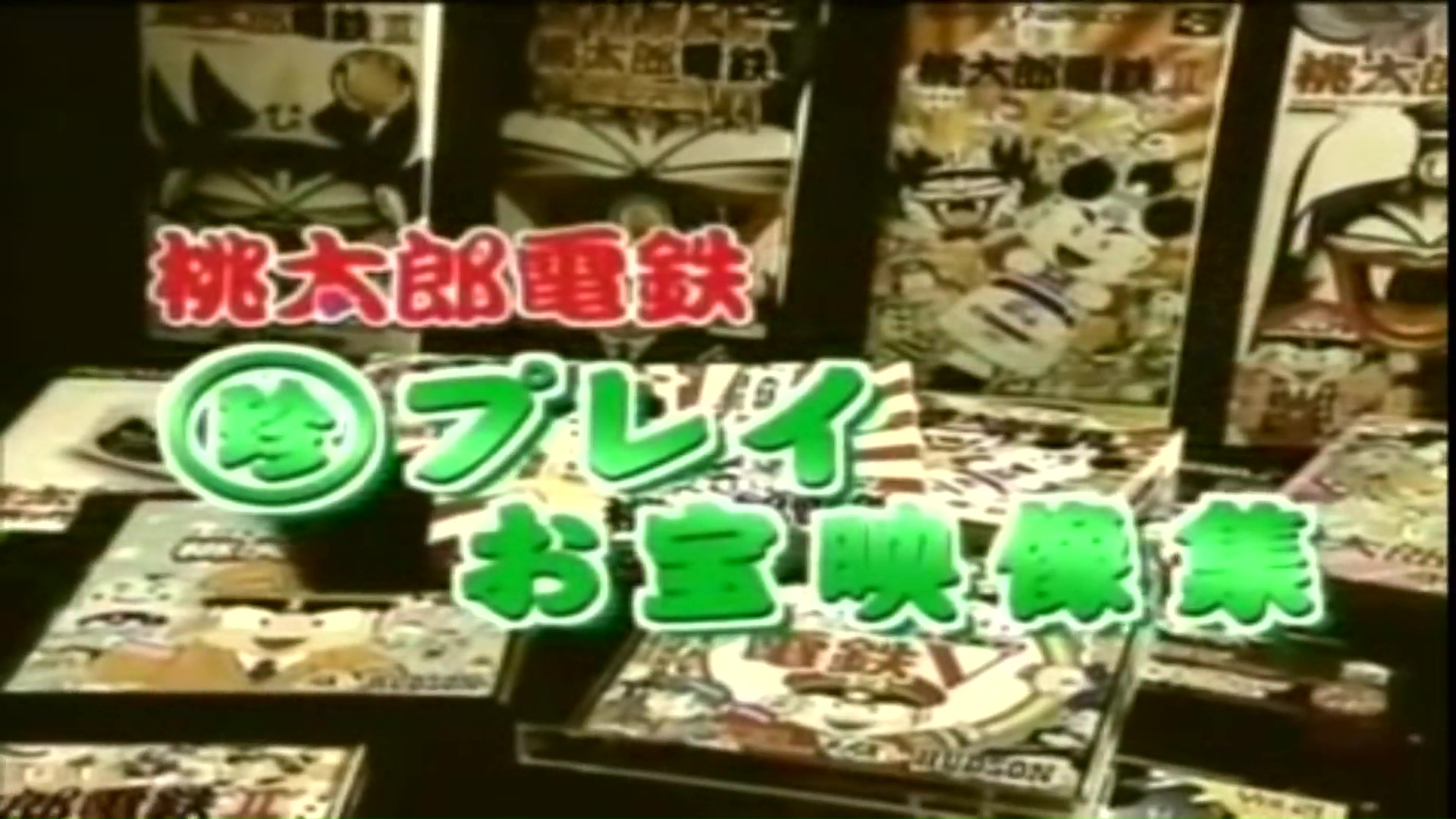
Firework Rally Card
This is one of the highlights in Momotetsu 12.
If you collect stamps at eight fireworks sites across Japan, such as Sumida River and Nagaoka, you’ll be rewarded with a wonderful view of fireworks.
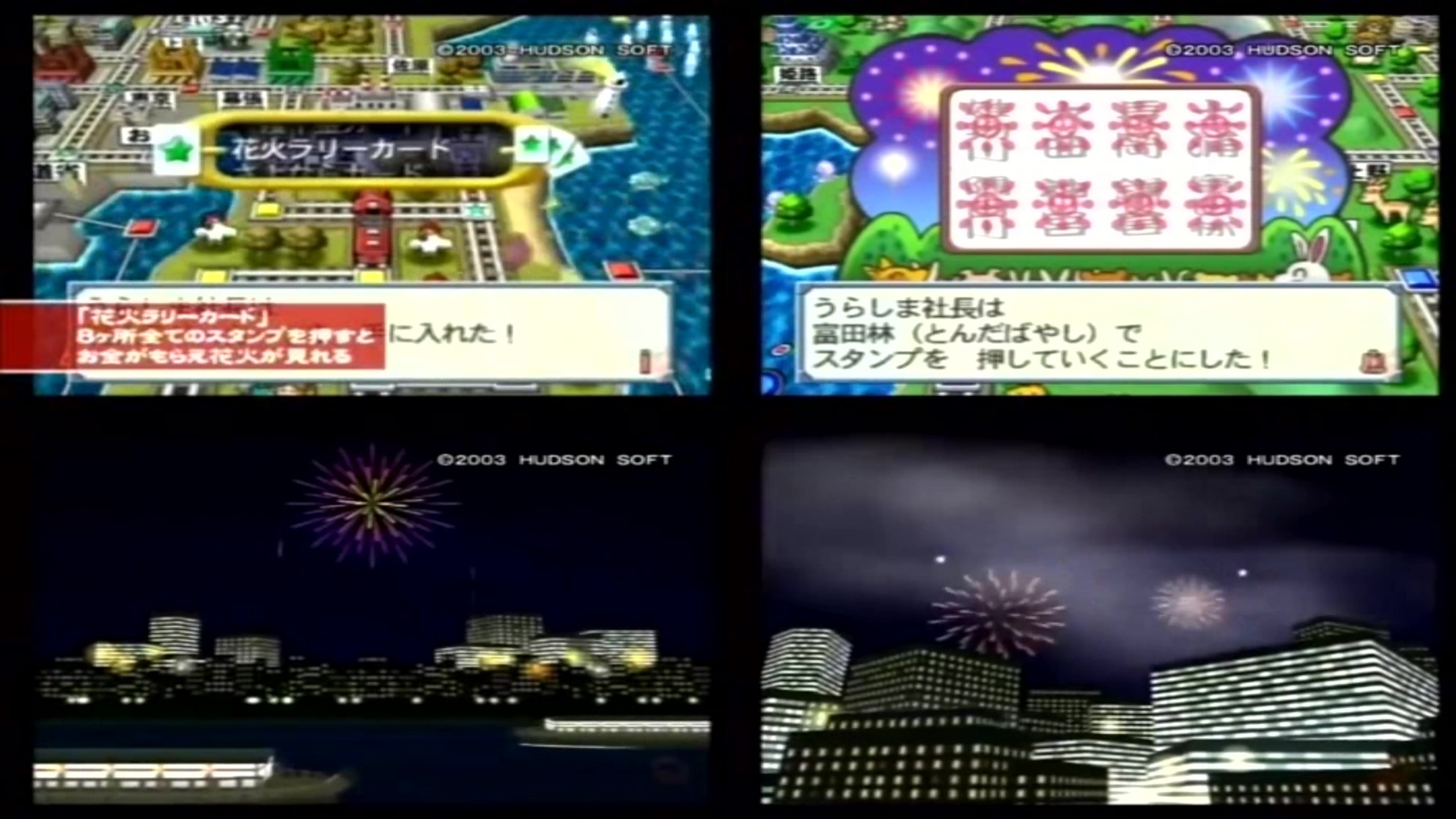
Bukkaku card hole-in-one

A hole-in-one where you use the bumps and bruises card and accidentally enter the destination.

Correct answer to the Fish Hen Quiz
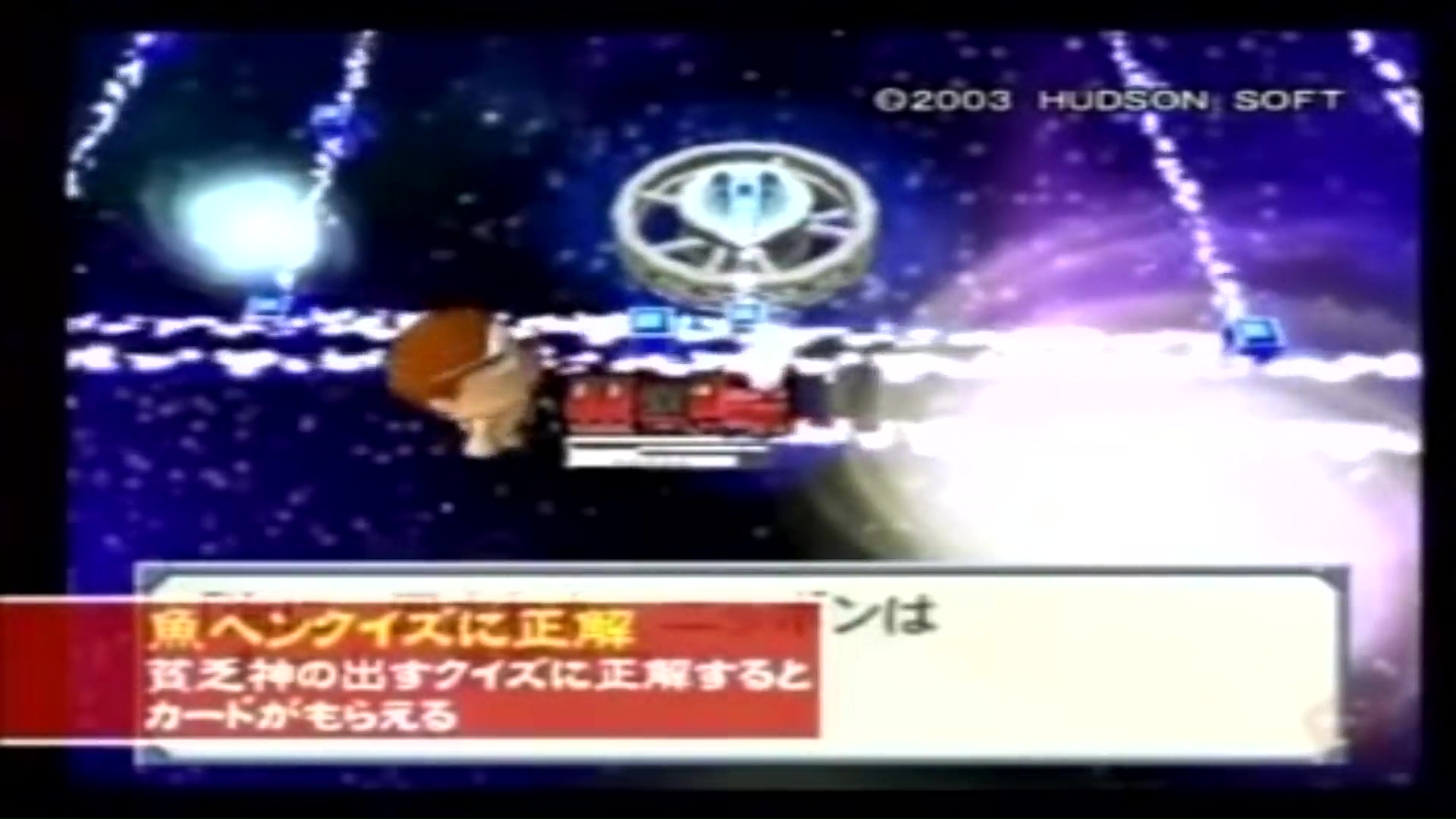
The unassuming but rare phenomenon of winning the Poor God’s Fish Hen Quiz.

Computers vs. humans
The Sakuma Iron Man in Momotetsu is, of course, based on Sakuma Akira, but he says that Momotetsu’s play style is not his own.
Furthermore, Sakuma says that Momotetsu’s computer can’t beat a human brain, even if it’s set up to be strong.
Sakuma’s favorite character.
Sakuma says he loves the poor gods.
That’s partly because his model is Kazuo Enomoto.
When his child was born, he also made a mini-bombie.
Peach Iron Masonry
A statue of Momotetsu was erected at Shikoku’s Onionless Station as a place where the legend of Momotaro is told, since it is written to mean that there are no demons.
It is said that many fans visit this popular spot.
The Bombie Monkey appeared in Momotetsu 12.
In honor of the statue, the statue of Poverty Leaves was built at Myosenji Temple in Yanaka, Tokyo.
It is a popular spot with a monkey on its head, which is said to improve your gambling luck.
Showdown at Peachtree
Arino and Shibao were to face off against Momotetsu.
They faced off in the West Japan edition for three years.
Arino changed his player name to “Dondoz”.
The first showdown was in Amanohashidate.
The game started off slowly, but Arino played surprisingly solidly.
Arino was the first to arrive at the destination, but his good start did not last long.
However, he failed to take the map quiz and Shibao took the opportunity to show his true colors.
Shibao was the first to arrive at the destination one after another.
Arino continues to be in a slump, and in the end, he is even haunted by King Bobby.
After three years of competition, Shibao won in an upset.
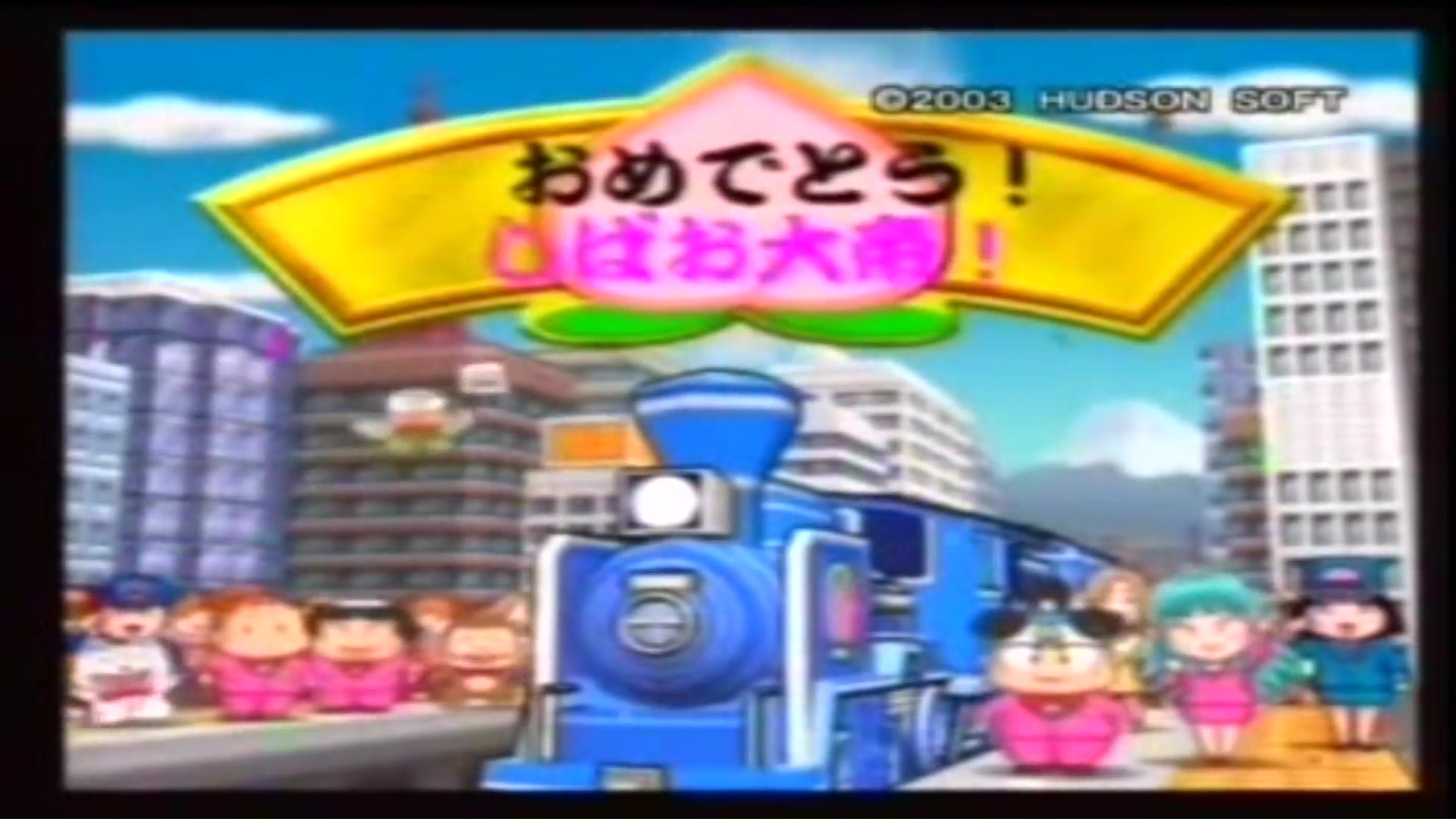
What’s your favorite game?
Sakuma says Nobunaga’s Ambition has done well.
All the famous creators are doing Nobunaga’s Ambition.

He used to teach at a vocational school and once slept through Nobunaga’s Ambition until the morning and slept through it.
On his day off, he and Yuji Horii were playing Nobunaga’s Ambition all the time.
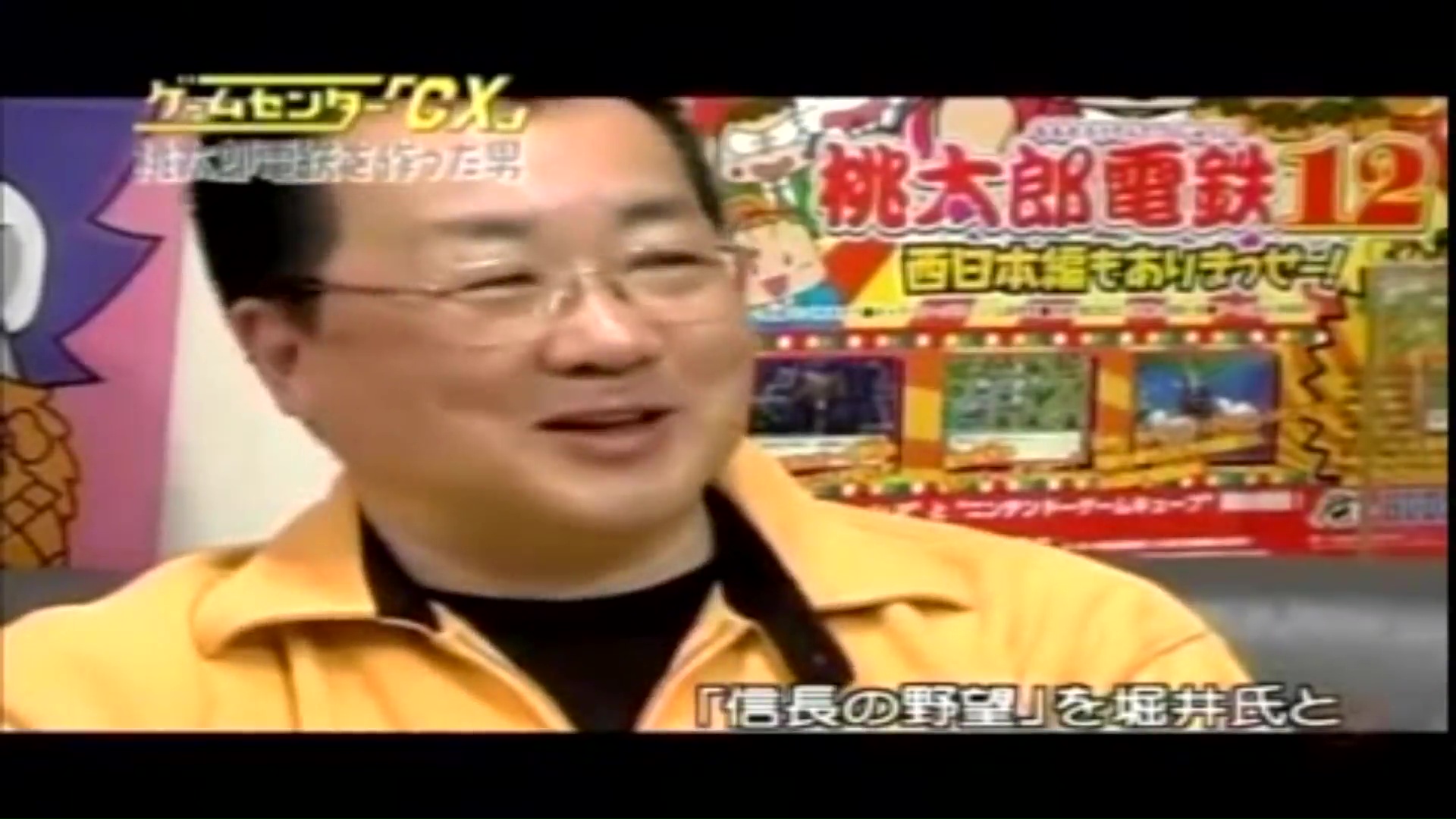
What’s important to game creators?
When asked what’s important to game creators, Sakuma responded immediately.
That’s curiosity, he says.
It’s important to take on whatever challenges are available to you.
What does a game mean to you, Sakuma?
Life itself.
Everything you travel, everything you watch on TV is a story and comes back to you in the game.

Star Force Challenge
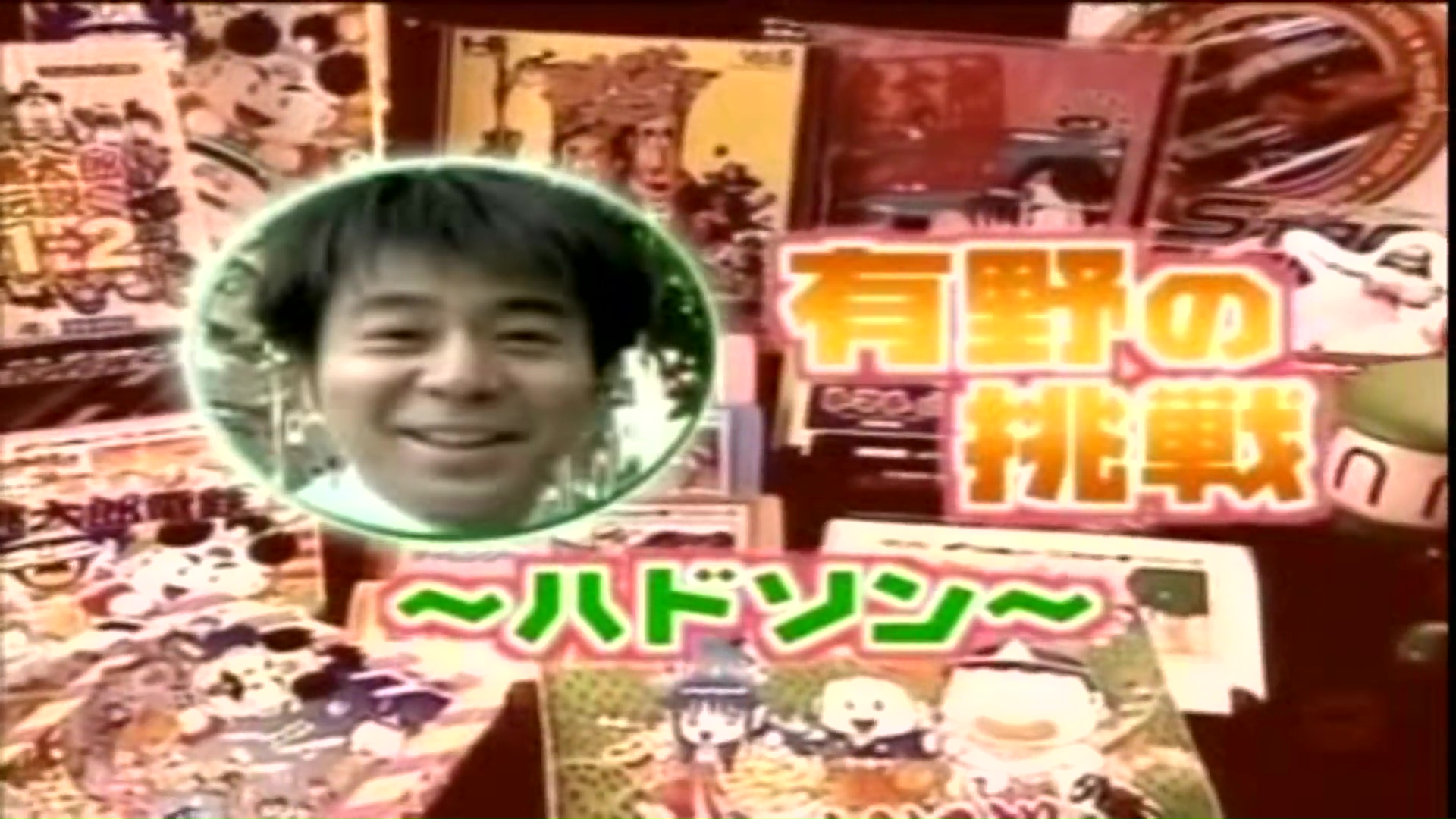
This time around, Arino takes on Hudson’s masterpiece, Star Force.

In 1985, Hudson released this game for the Famicom (NES), and it became a milestone in the history of shooting games.
It was a comet that grabbed the hearts of shooters at the time with its exhilarating shooting and continuous shooting elements.
It became a social phenomenon, with caravan competitions held around the country.
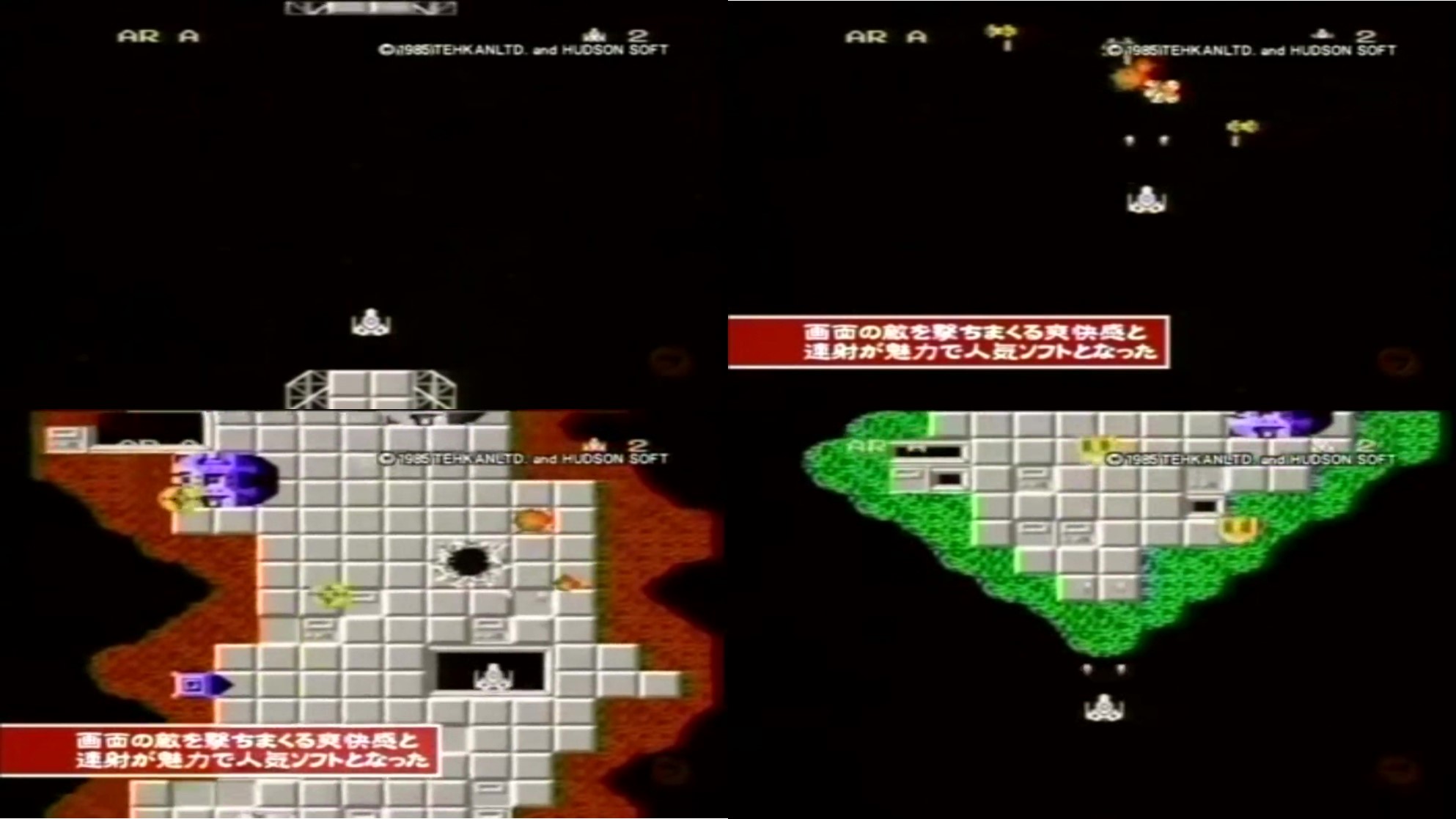
Arino is not good at shooting.
Will he be able to clear the game?
The challenge for this time is to capture 50,000 points of Larios.
Larios will combine from all sides.
In the 1 second before they combine, they can fire 8 shots to get 50,000 points.
Arino immediately tries to attack Larios.
However, he gets beaten up not only by Larios, but also by the enemy.
After 15 minutes, they finally arrived at the Larios point.
However, he failed in vain.
It’s hard to believe that he can shoot continuously.
It was impossible to shoot 8 rounds in 1 second, 50,000 points.
That’s why the staff asked for a helper.
He was the legendary Takahashi Meijin.
What a surprise, the legendary Takahashi Meijin appeared on the scene.
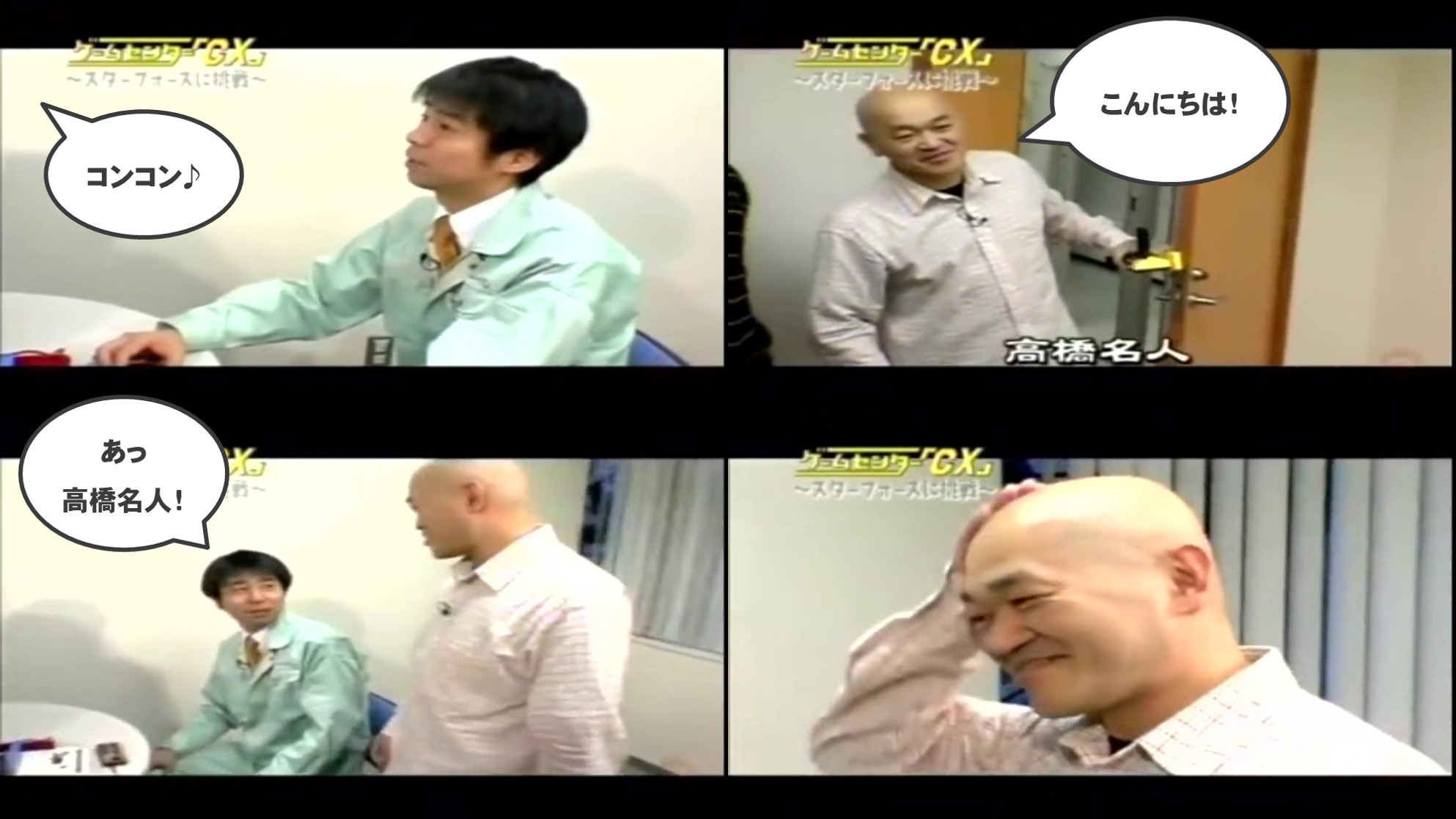
Born in 1959 in Hokkaido, Japan.
His real name is Toshiyuki Takahashi.
After joining Hudson in 1982, he traveled around the country as a demo player for Famicom games.
His “16 in a row” record for “Star Force” made him popular among children, and software featuring him was even released.
He was a charismatic figure for the NES boys, and appeared in magazines and on TV.

I’m trying to attack Larios right now, but I can’t do it at all,” said Arino, asking the master for a strategy.
He asked him to use the joystick and the swatch.
According to Arino, the joystick makes it easier to handle and fire continuously.

Hudson Stick
Speaking of Takahashi Meijin, the Hudson Stick.
By fixing the hand, the controls were improved.
It produced an amazing 16 consecutive shots.

Swatch.
A voluntary training item for the boys, the Schwatch.
You can keep track of how many times you can shoot in a row in 10 seconds.

Then, I decided to actually measure Arino’s continuous firing with a swatch to see how many times he was firing.
The result was 89 times in 10 seconds, which means he could shoot nearly 9 times per second.
Then, the master gave him the right advice.
The key is to start firing at the right time.
The moment Larios glows, he said, is the moment you can deal damage to Larios.
If you shoot before it lights up, you’ll have to add to your damage, and if you’ve fired two shots, you’ll have to fire ten more to capture it.
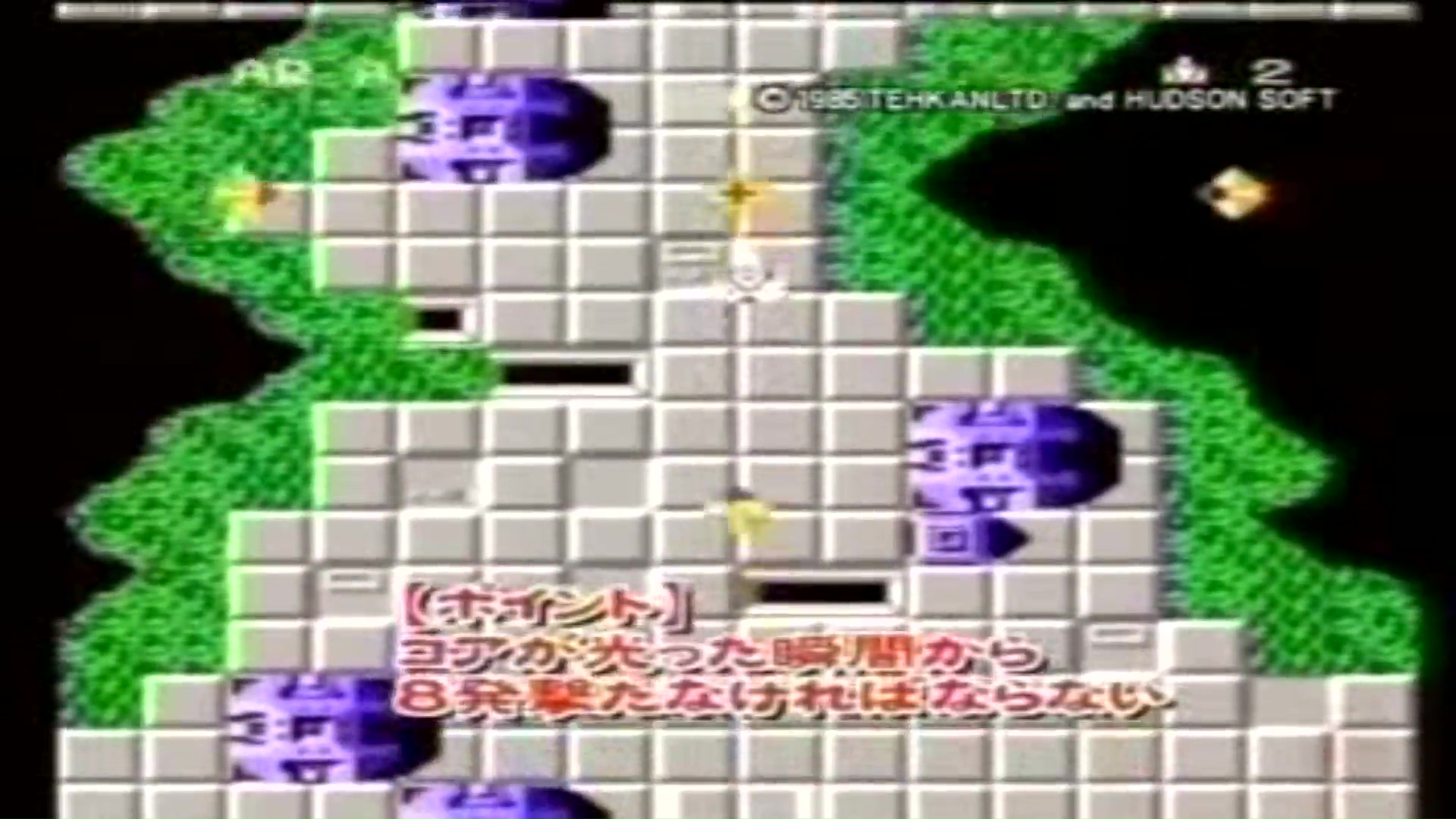
An example of a virtuoso
Finally, they decided to ask the old master of the art, Takahashi Meijin, to show them how it was done.
Then, Arino was impressed by the unnoticeable continuous firing.
The legendary rapid-fire style is still alive and well.
The legendary rapid-fire technique of Takahashi Meijin is still intact.
He easily destroys his enemies with unnoticeable speed.
There are two points of attack that Takahashi master taught me.
Shoot after the light shines, and get as close as possible.
With that in mind, I tried again.
I felt I was close, but I couldn’t capture it.
Arino changed his stance and kept on trying.
He calls AD Higashijima, the only staff member who can attack Larios, to show him how to do it.
However.
East Island, which was supposed to have appeared by example, was also unable to capture Larios.
Two and a half hours passed and he was physically at his limit.
Muscle aches and tiredness in his eyes were beginning to show up as symptoms.
And 3 hours and 10 minutes of trying.
The 73rd Lario strike.
Arino’s smile changed his mind.
Finally, he cleared 50,000 Larios points.
It was the end of the long road.
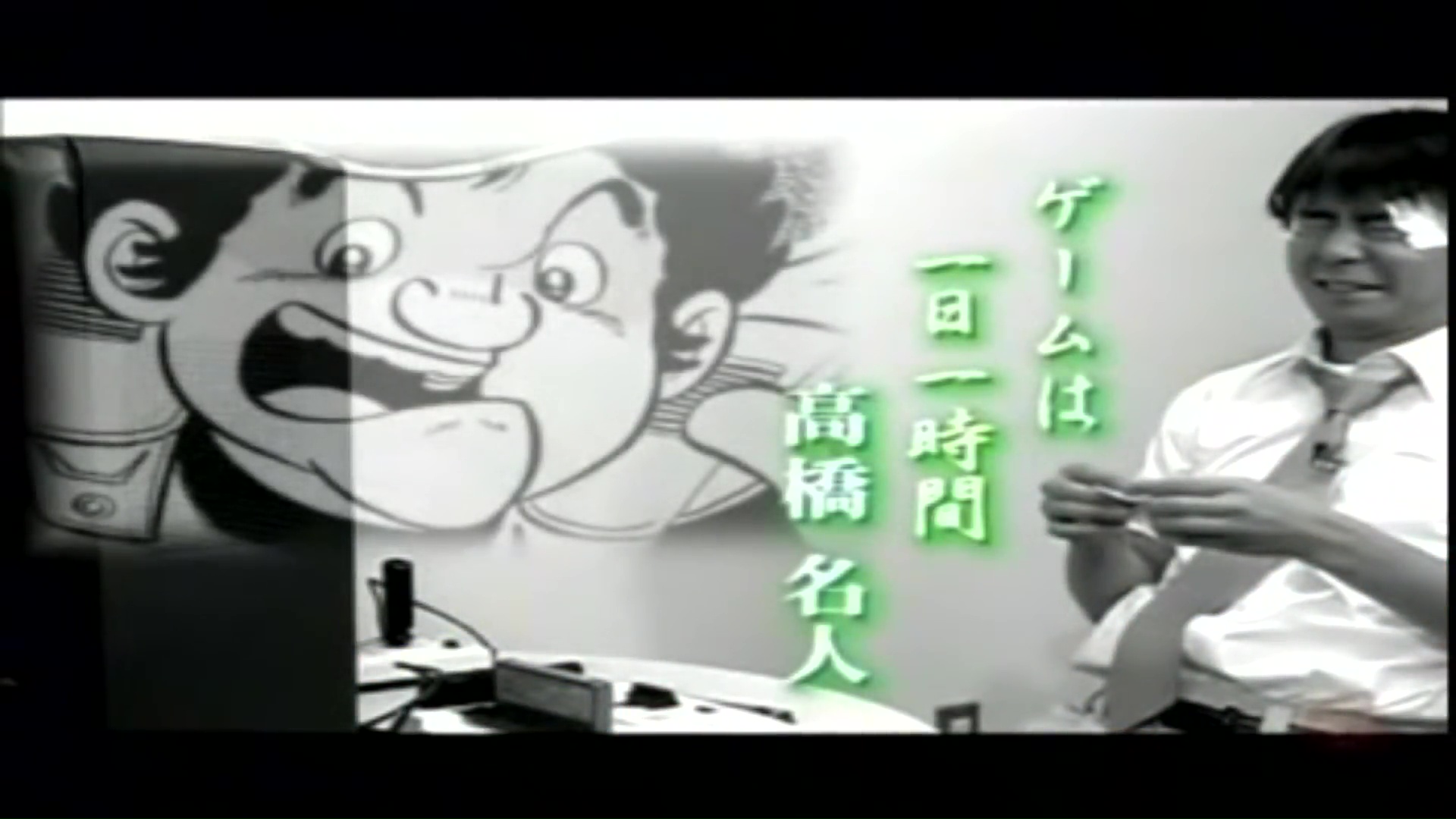
The Hudson Masterpiece Collection
Hudson Masterpiece Introduction 1
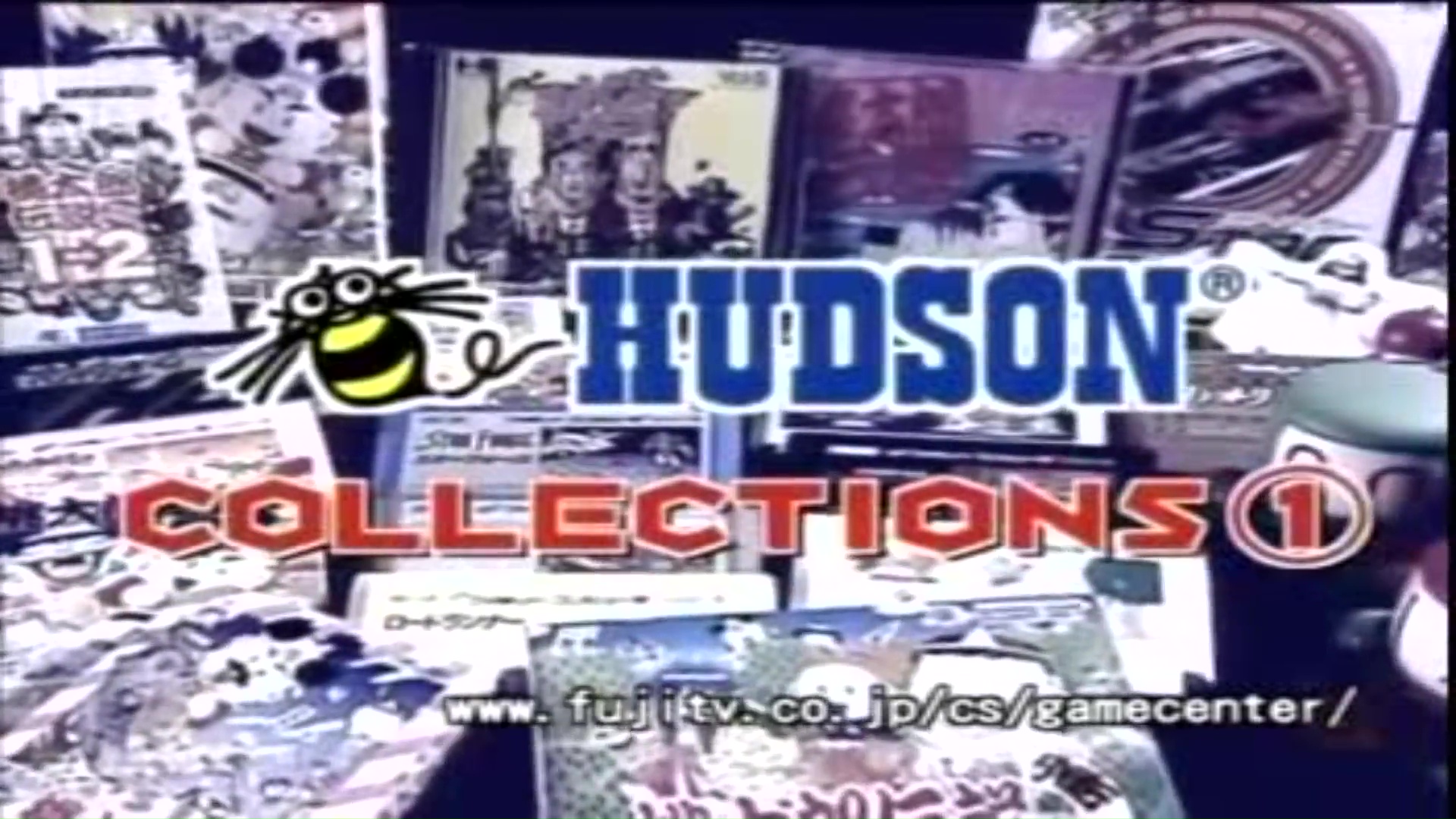
1984 “Nuts & Milk” NES

An action game in which the adorable protagonist, Milk, fends off rival nuts and heads for her boyfriend, Yoguru.

Move on to the next plane without reducing your own plane.
If you make a mistake while playing, press select.

1984 “Road Runner” NES

A puzzle game where you collect all the gold in the gold mine.
Dig holes and dodge enemies as you rack your brain to clear them.

You can choose the stage.
You can select a stage by pressing Select on the Stage Start screen.

1985 “Bungeling Bay” NES

A shooting game in which players operate a helicopter to destroy factories and other targets on the map.
A number of children were troubled by the game’s high level of difficulty at the time.
As an adult, it remains in the memories of many game fans.
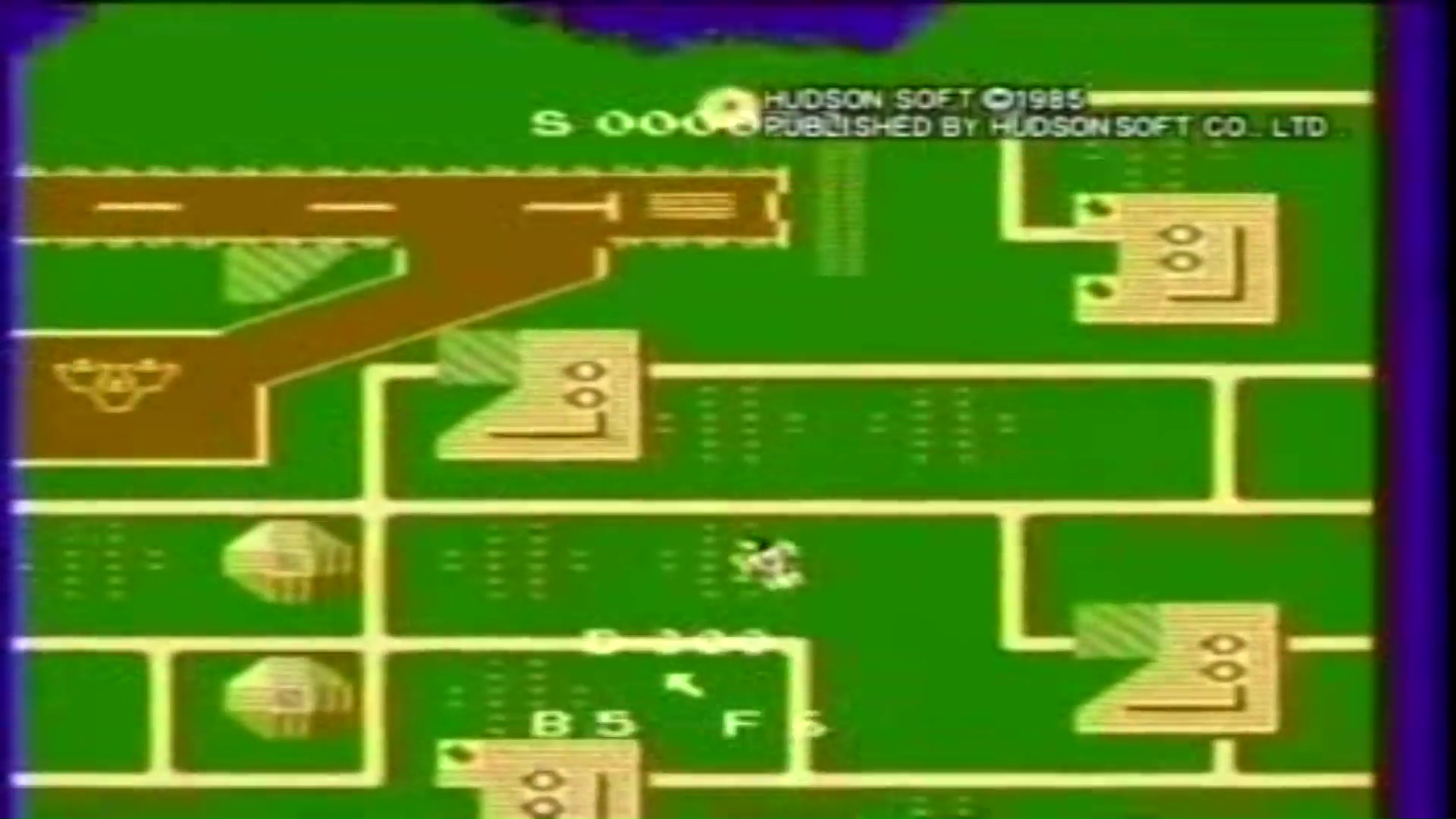
1985 “Puyan” NES

A shooting game in which you control a gondola ridden by Pouyan’s mom and protect your children from wolves.
The light music and adorable characters made it a popular software at the time.
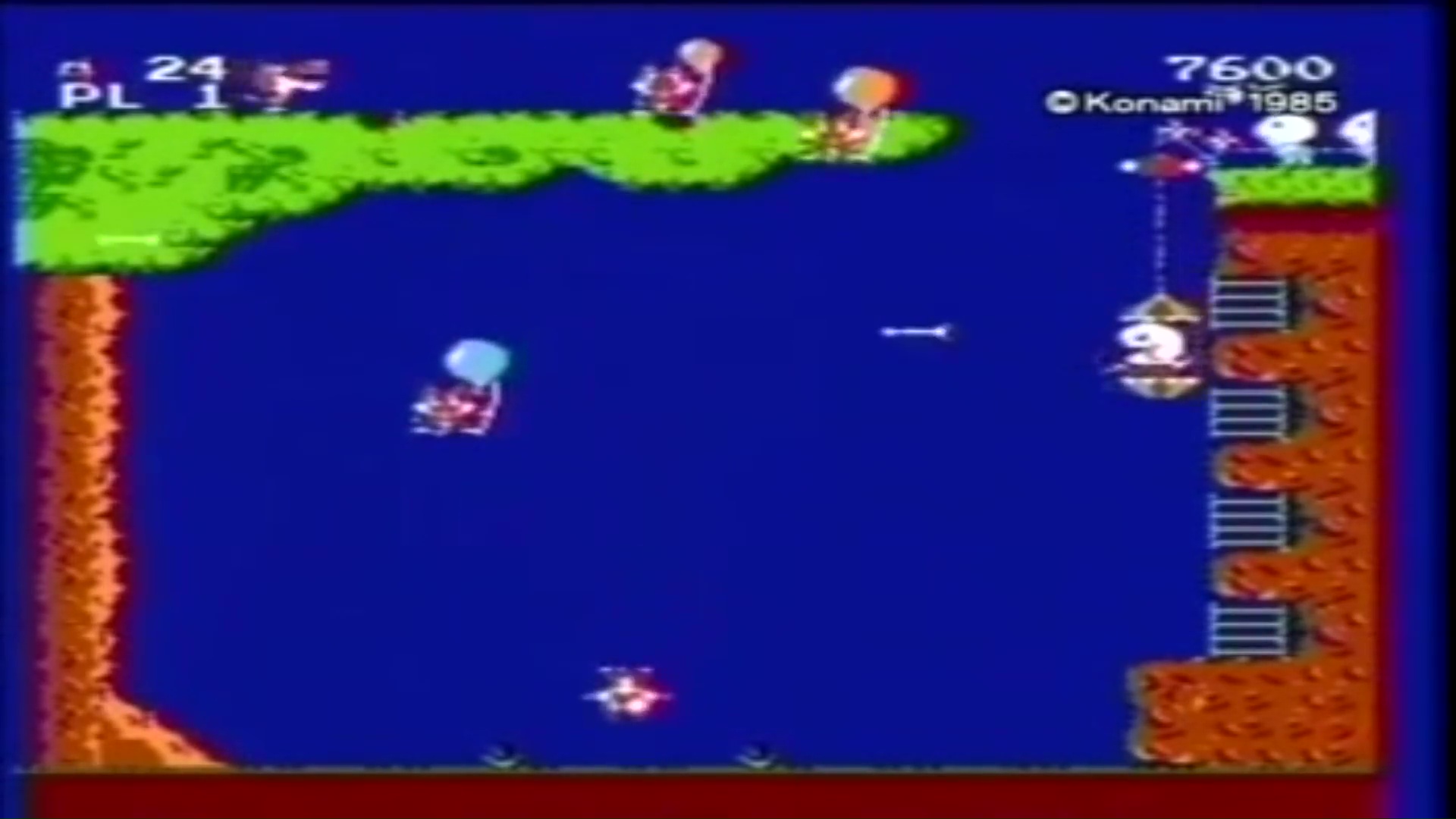
1985 “Challenger” NES
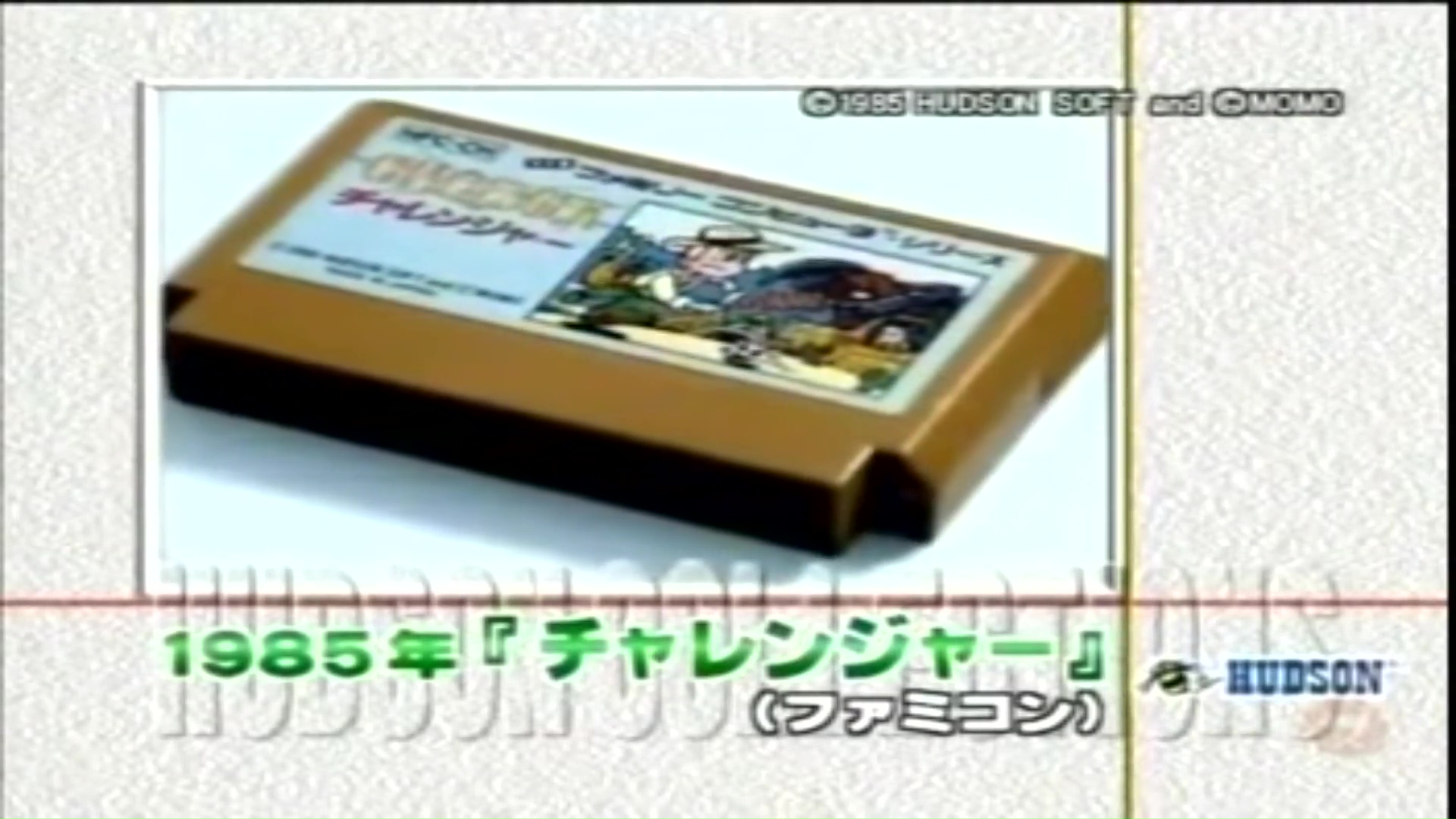
An action game in which an archaeologist, Challenger, rescues Queen Maria on her way to investigate Waldorado Island.
Many children were excited by the theme of adventure, despite the unusual control system of the B button being a jump.
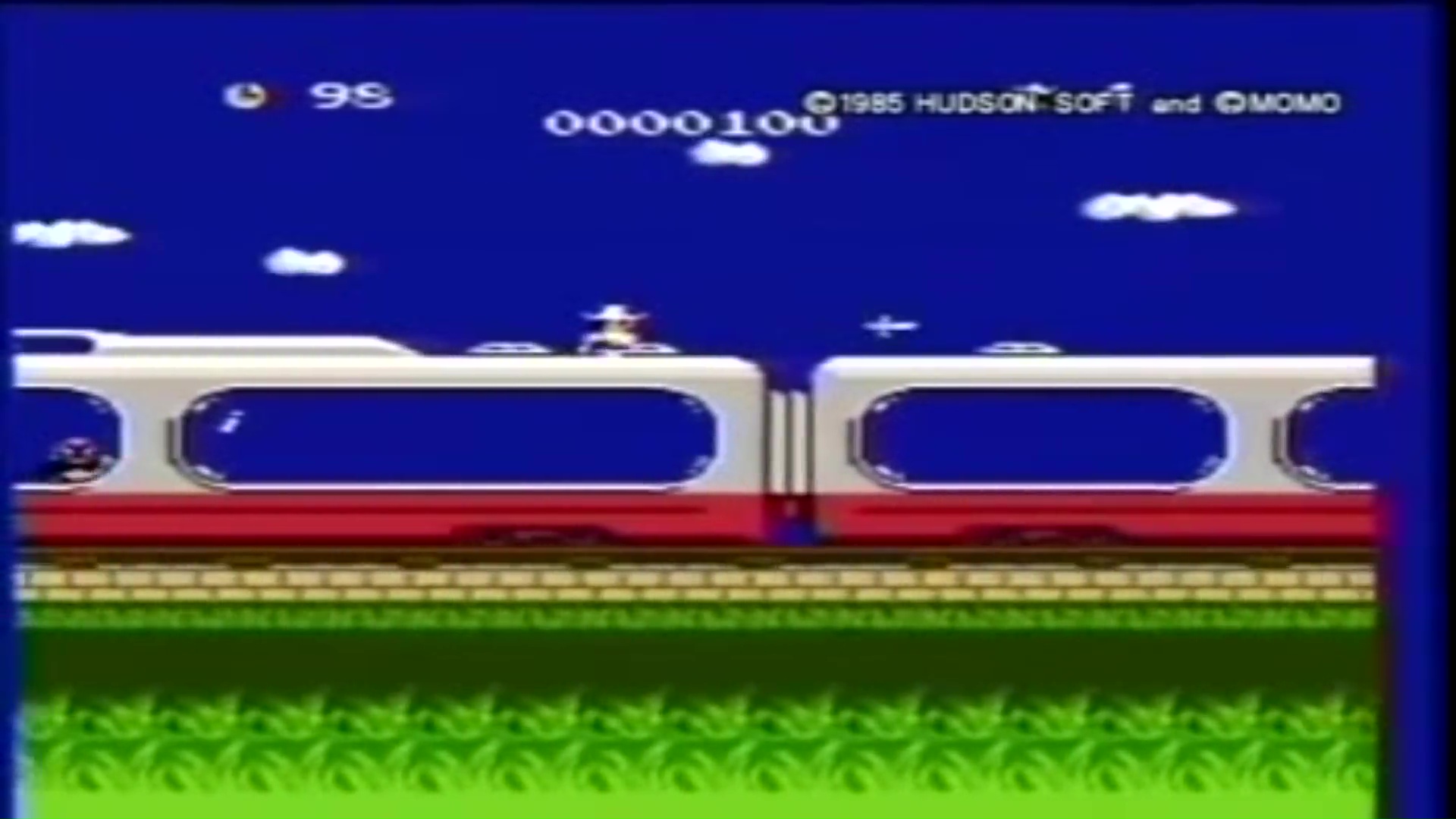
For a certain period of time.
Go to the far end of the train and keep throwing the knife to the right and take the whale that appears.

Hudson Masterpiece Introduction 2
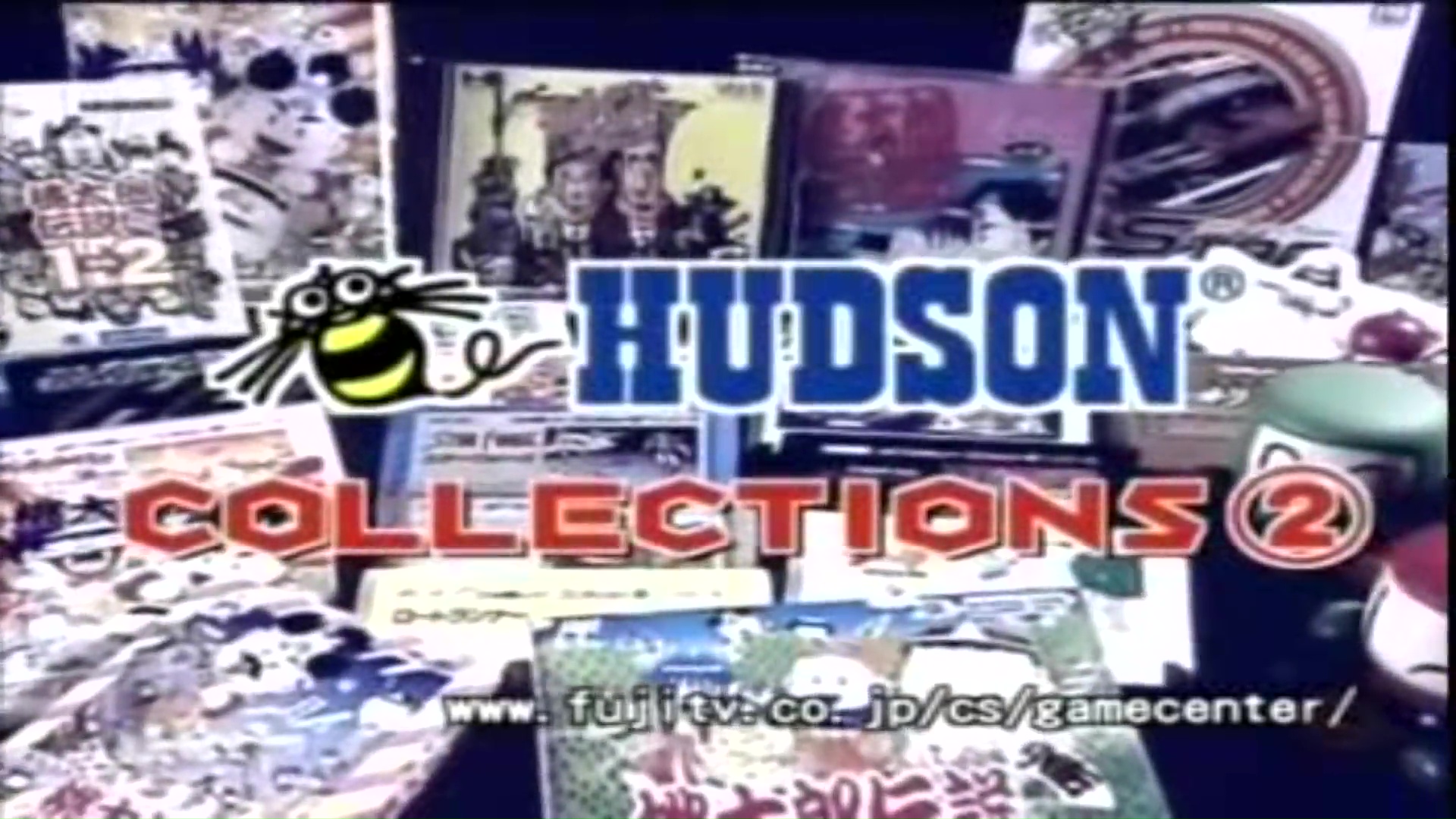
1985 “Binary Land” NES
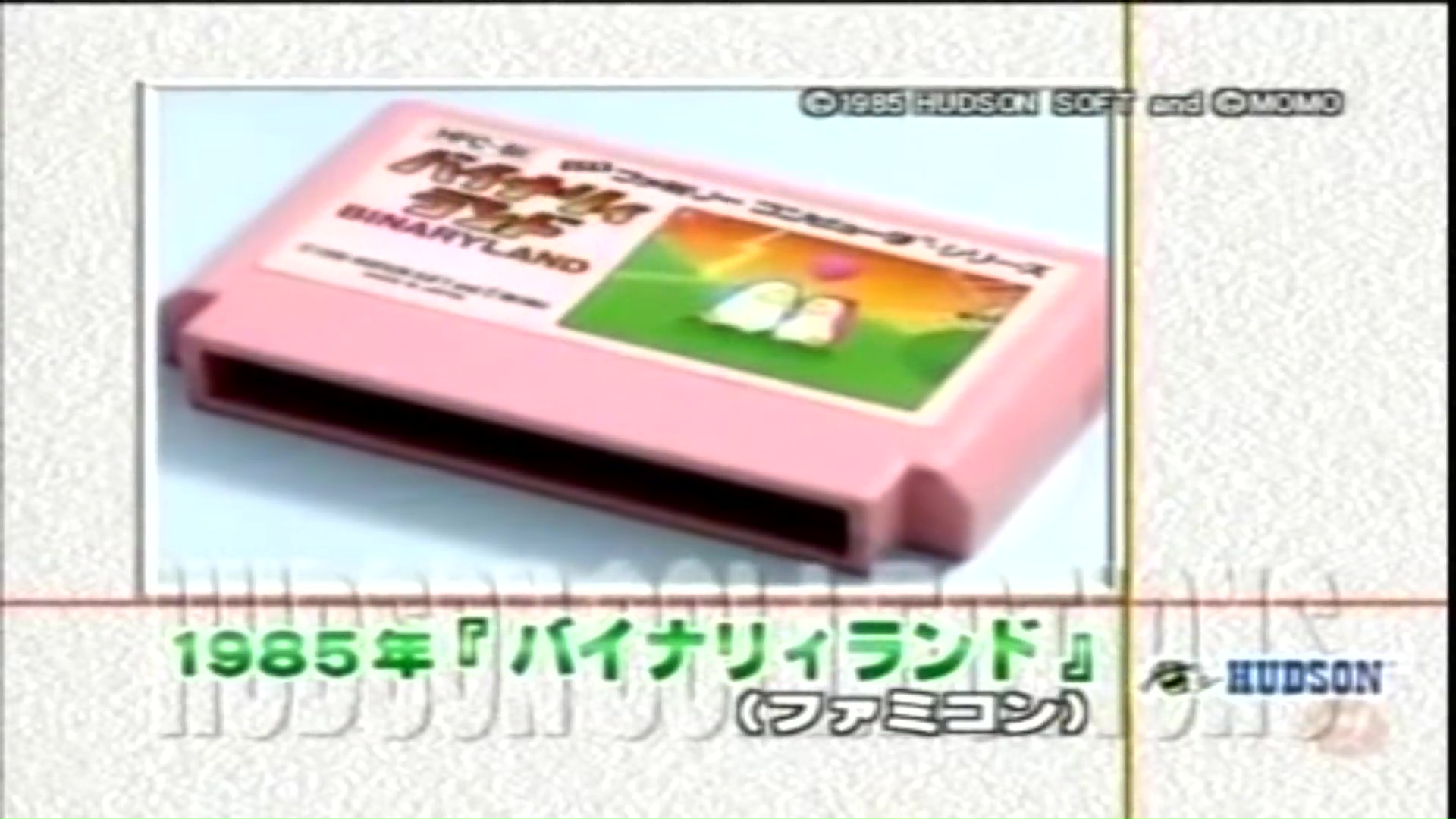
A puzzle game in which you control a pudding and a maroon to reach a heart-shaped goal.
The innovative idea of moving in the opposite direction surprised fans at the time.
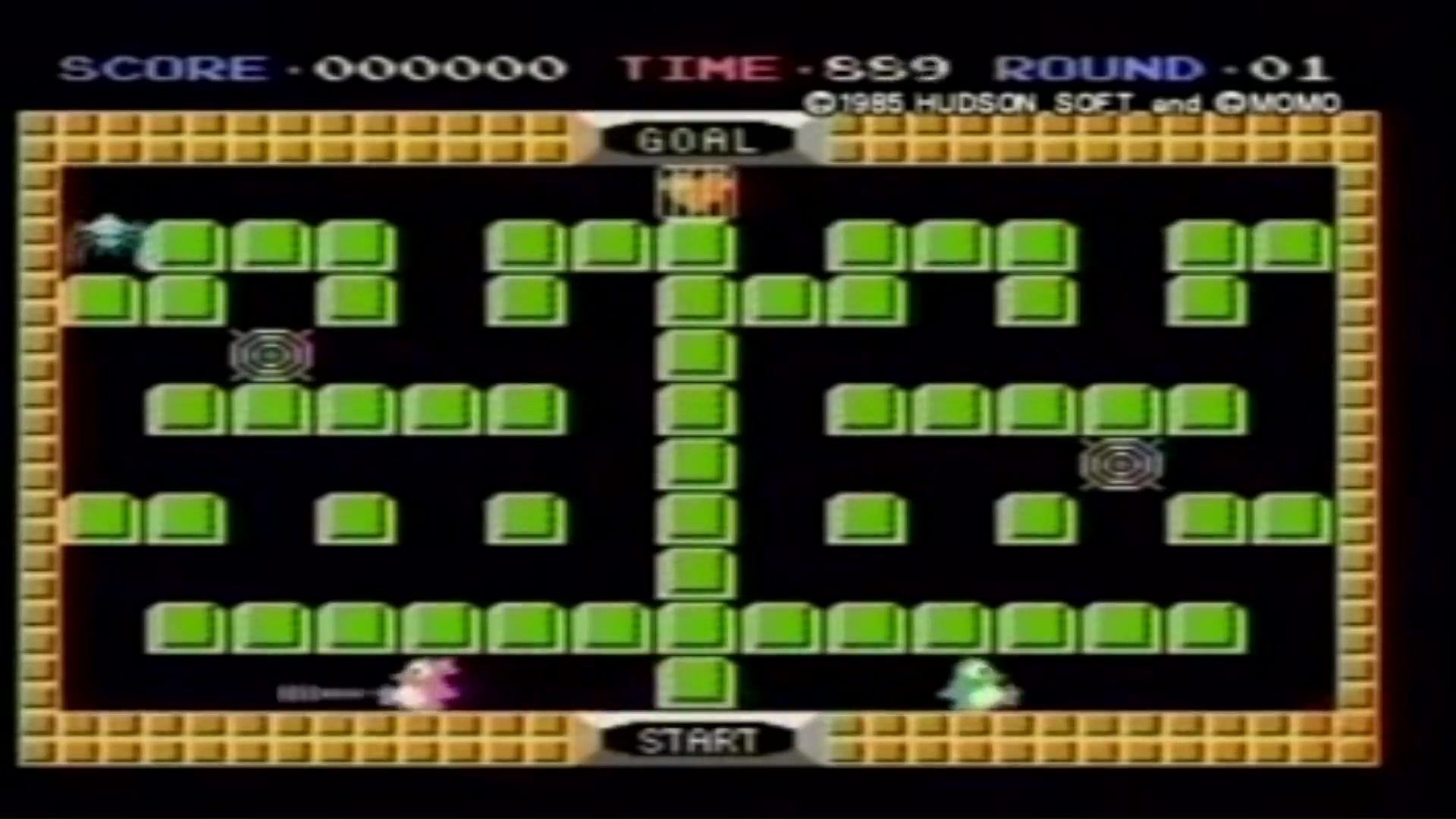
1985 “Bomberman” NES

An action game in which Bomberman, created in the underground kingdom, aims to escape from the depths of the earth.
This is Hudson’s flagship software, which has been made into a series and continues to be loved by many fans.
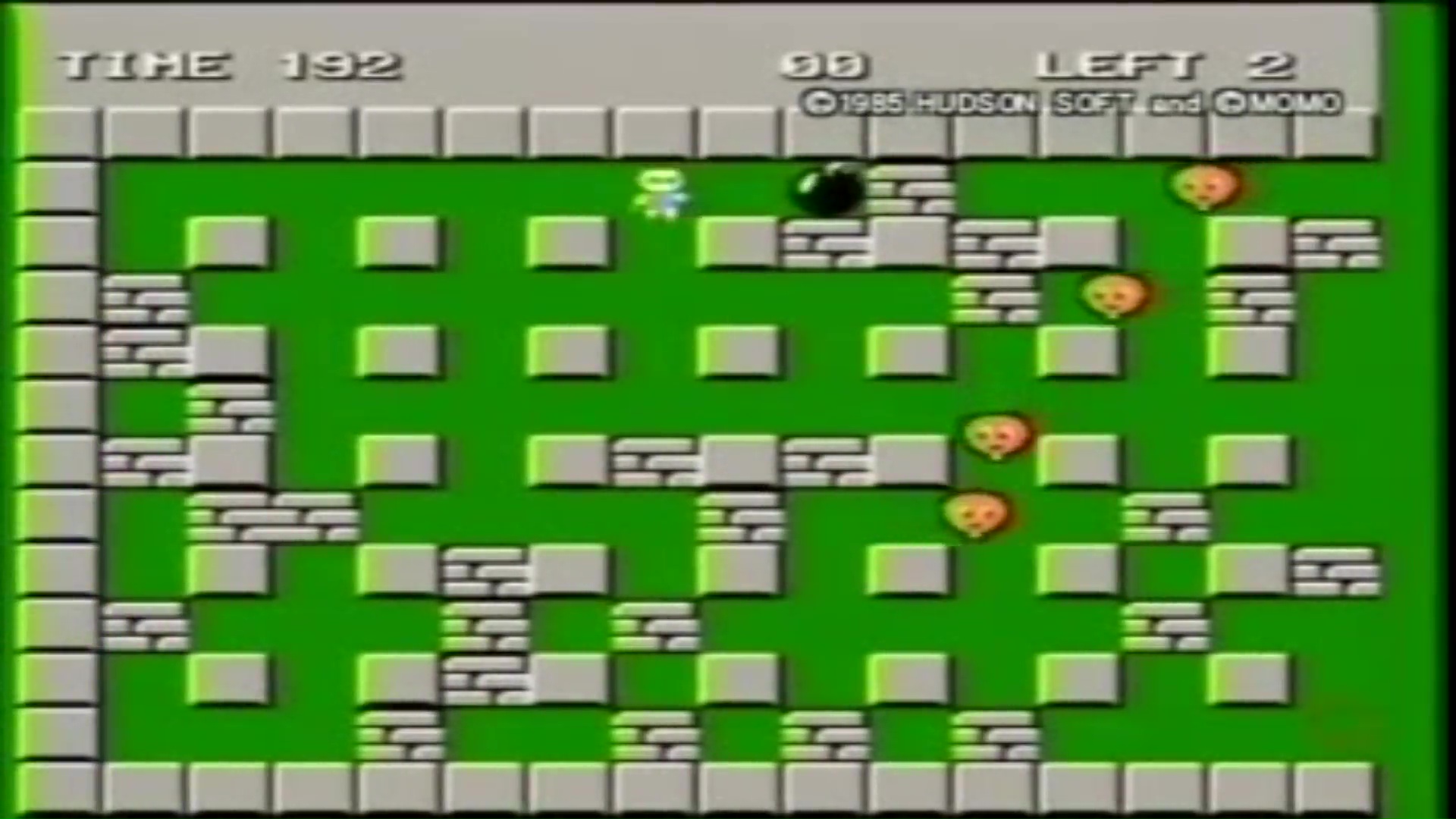
1986 “Ninja Hattori-kun” (NES)
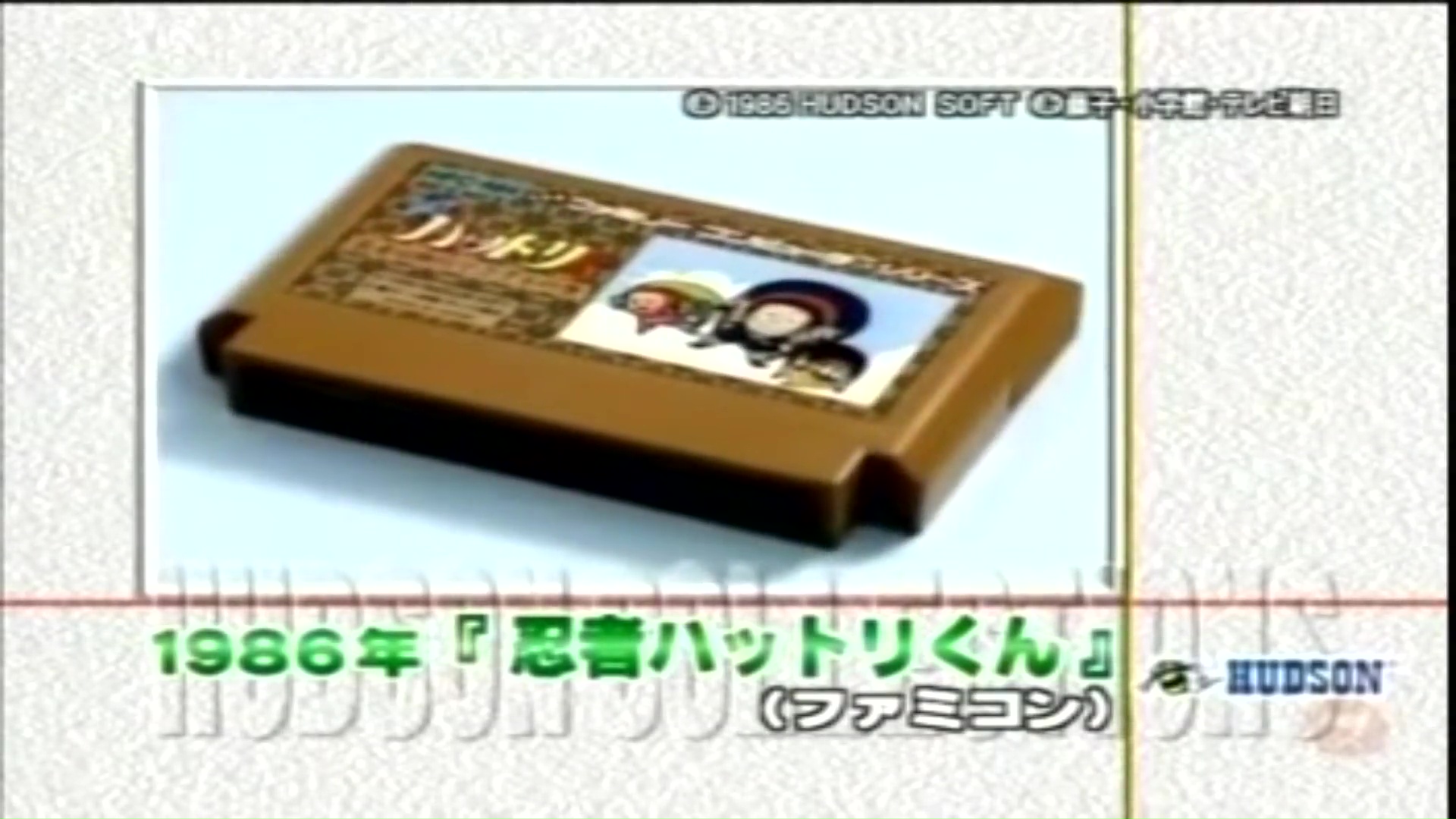
A side-scrolling action game featuring the popular manga Hattori-kun.
There are a total of 11 ninja techniques, such as the Shadow Running Jutsu and the Happo Shuriken Jutsu, just like the original.
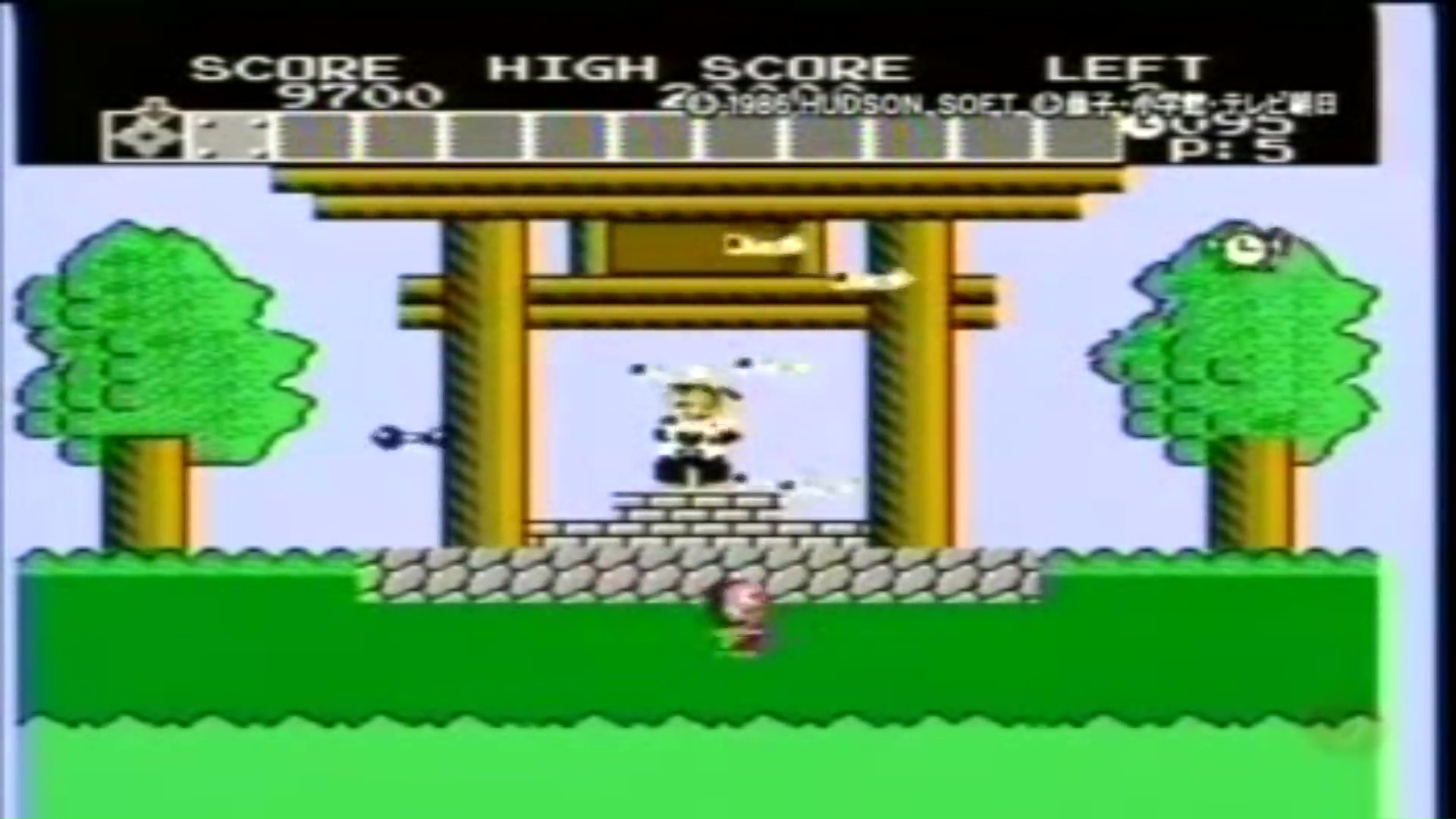
1986 “The Adventure Island of TAKAHASHI MEIJIN” Famicom
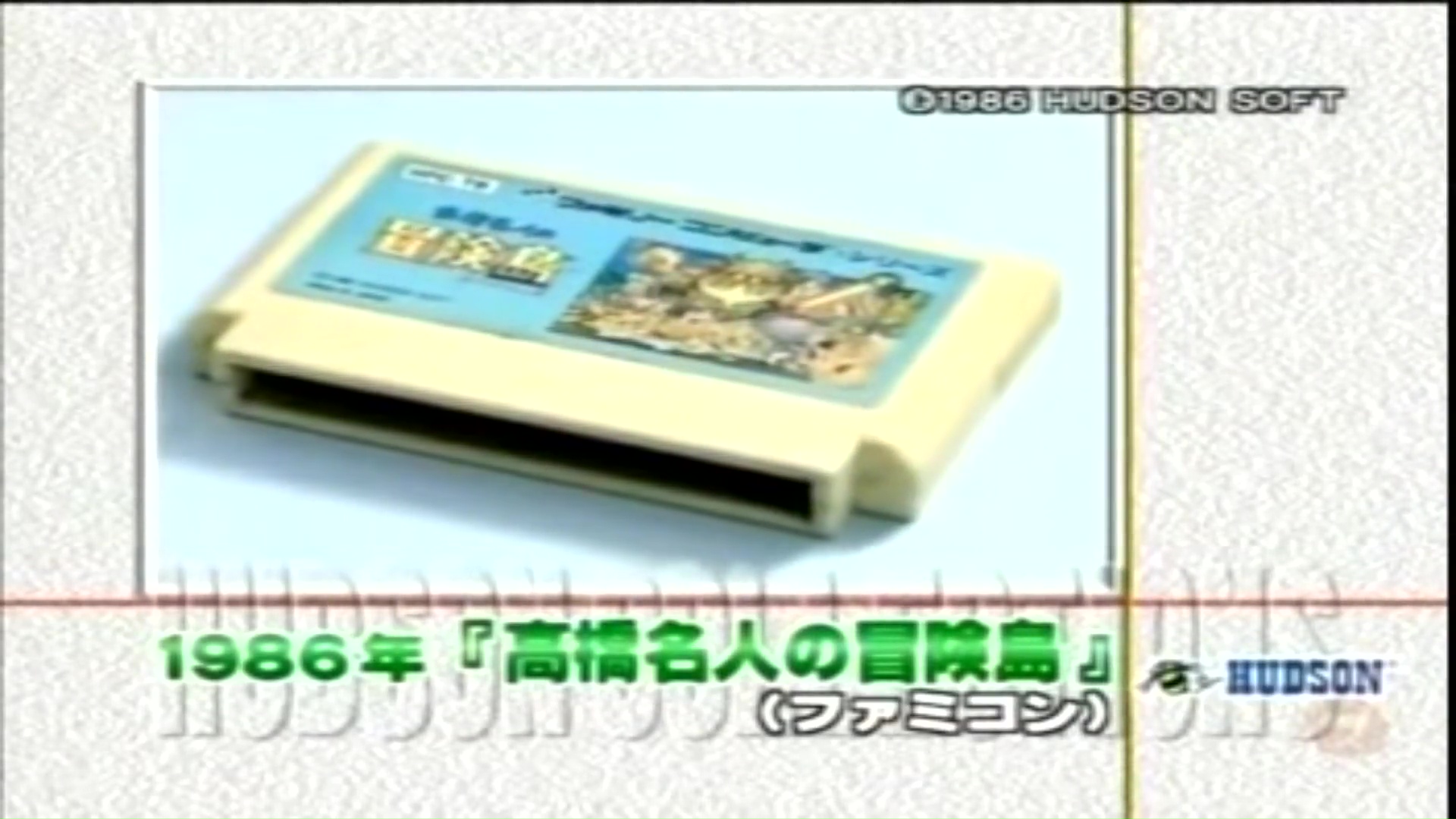
An action game in which idol Takahashi Meijin, an idol of video game kids, rescues his kidnapped girlfriend.
The game is packed with elements that will delight children, such as the appearance of skateboarding, which was popular at the time.
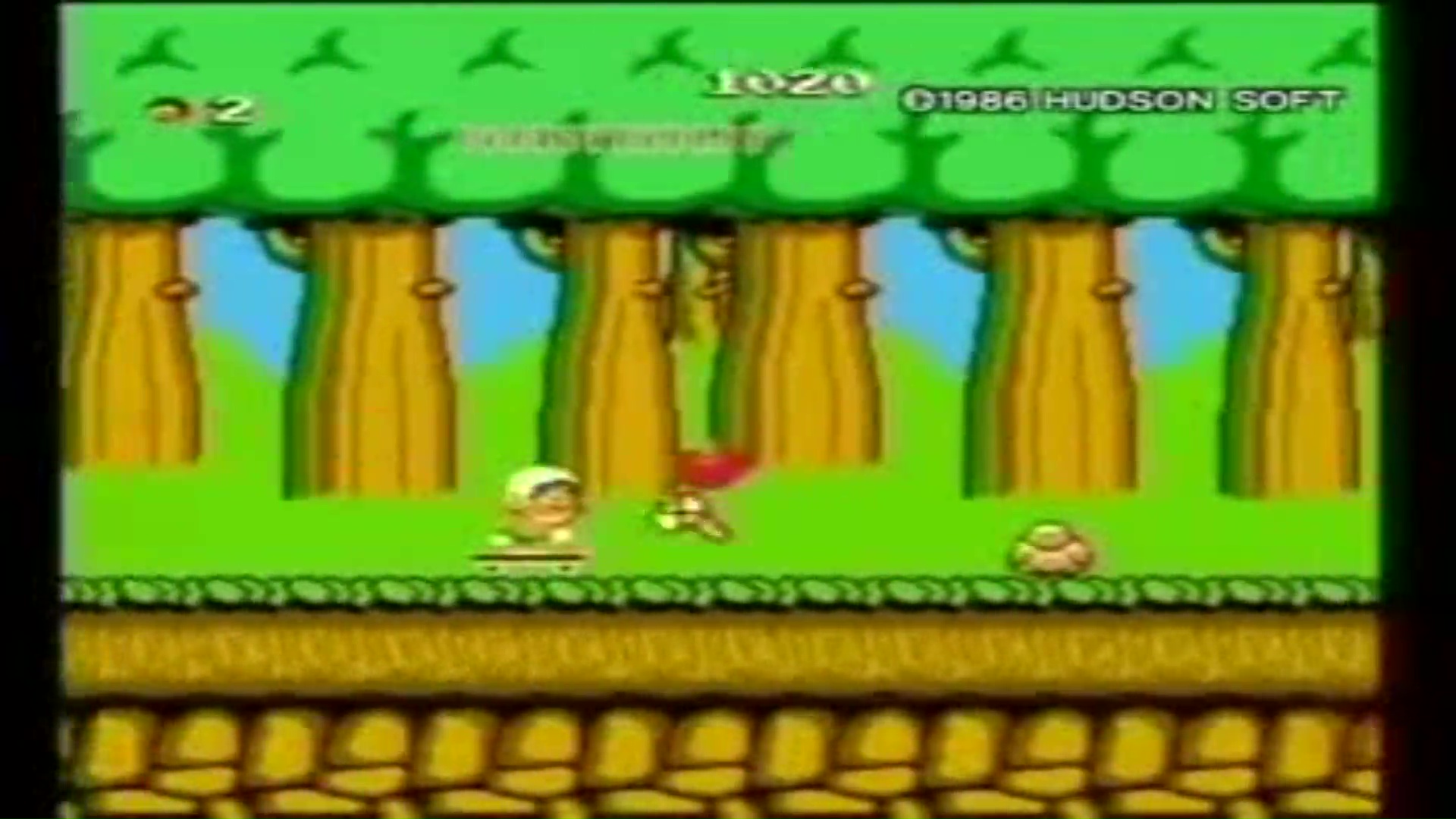
A restart from the beginning of the round in which he was beaten.
Jump in a gash on the verge of a one-area, one-round goal and produce a hidden egg.
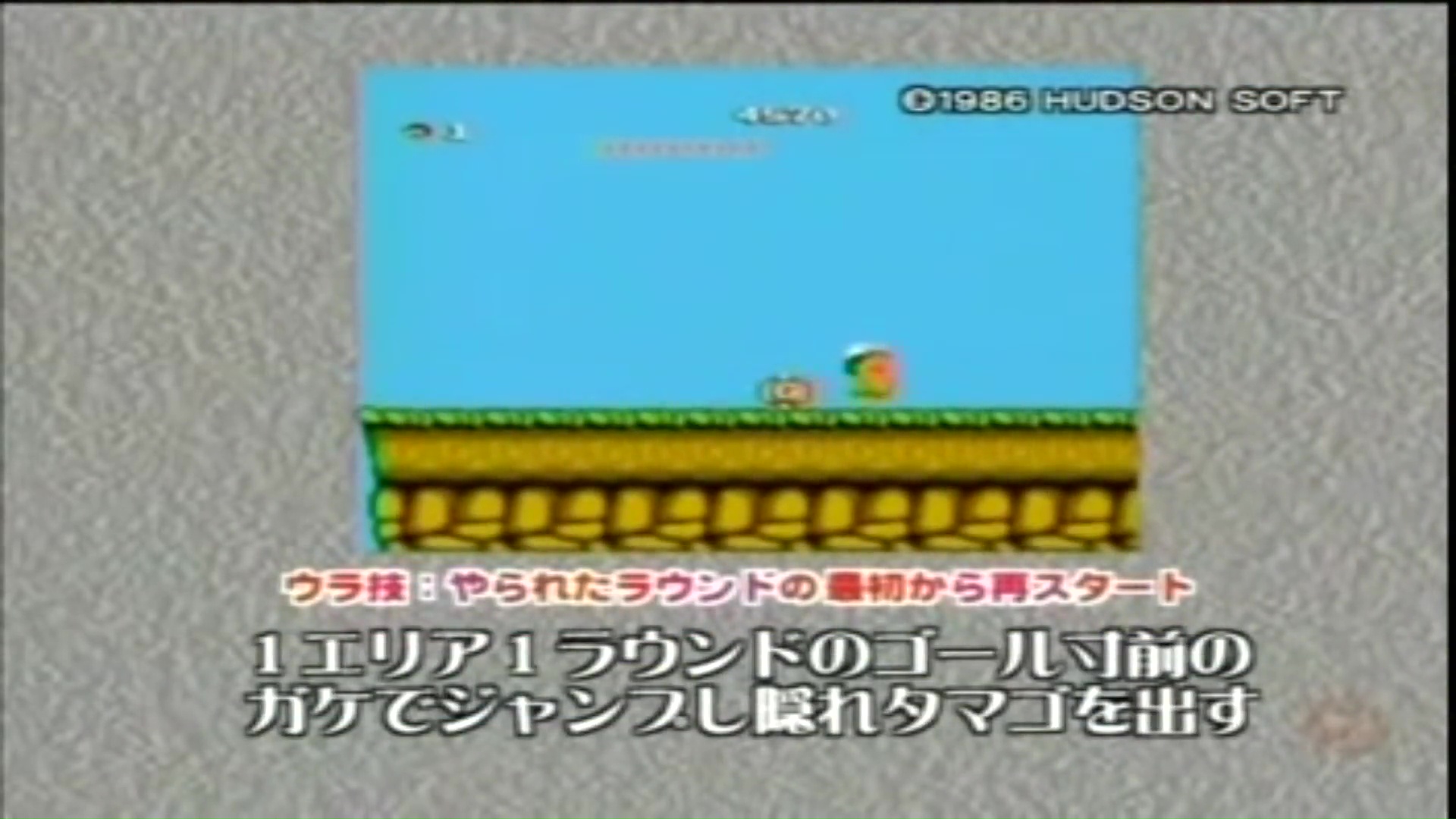
1986 “Doraemon” NES
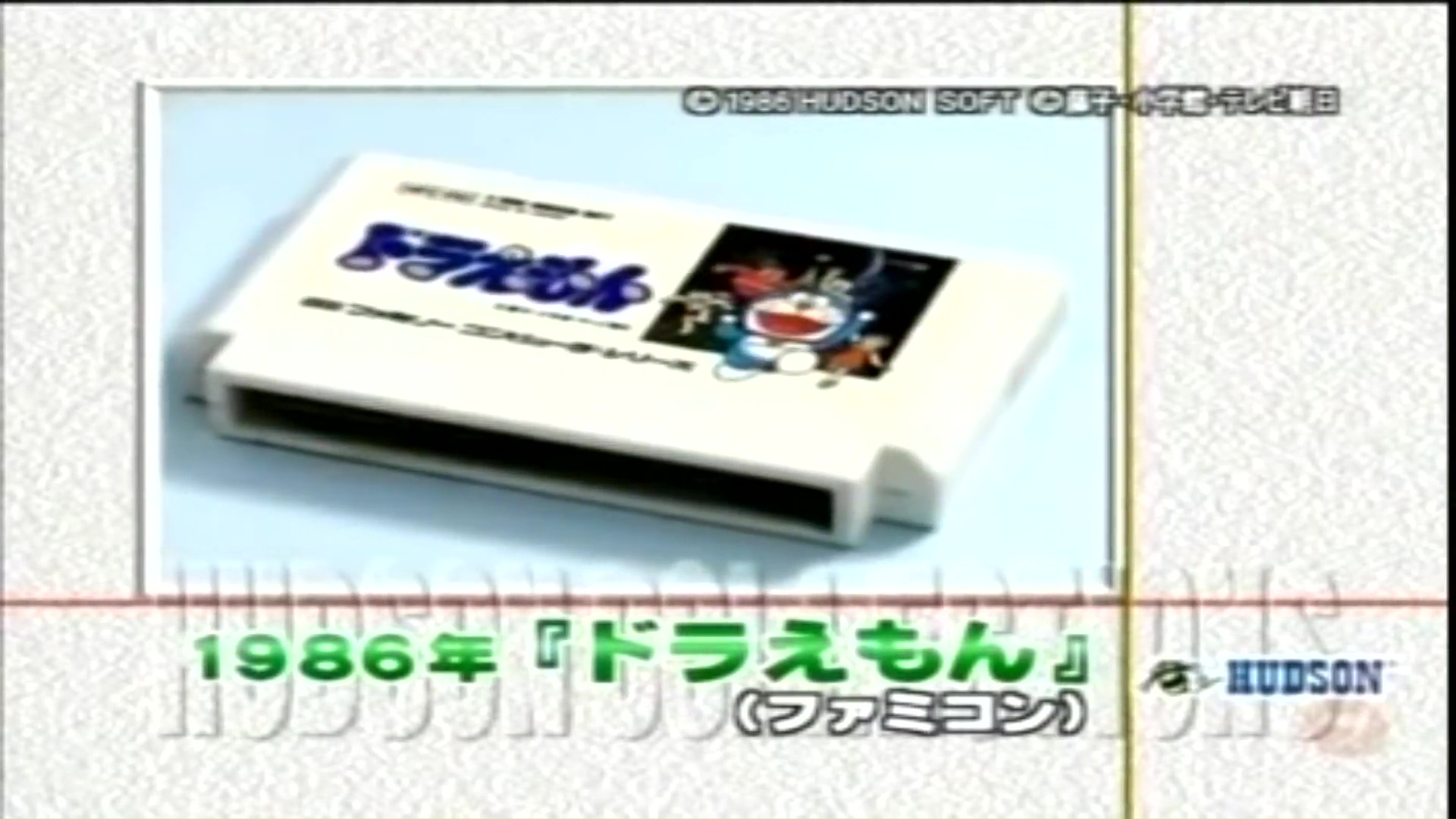
A Doraemon action and shooting game that is loved around the world.
It has captivated many fans with its well-balanced stage structure, including the pioneer chapter, the magical chapter and the underwater chapter.
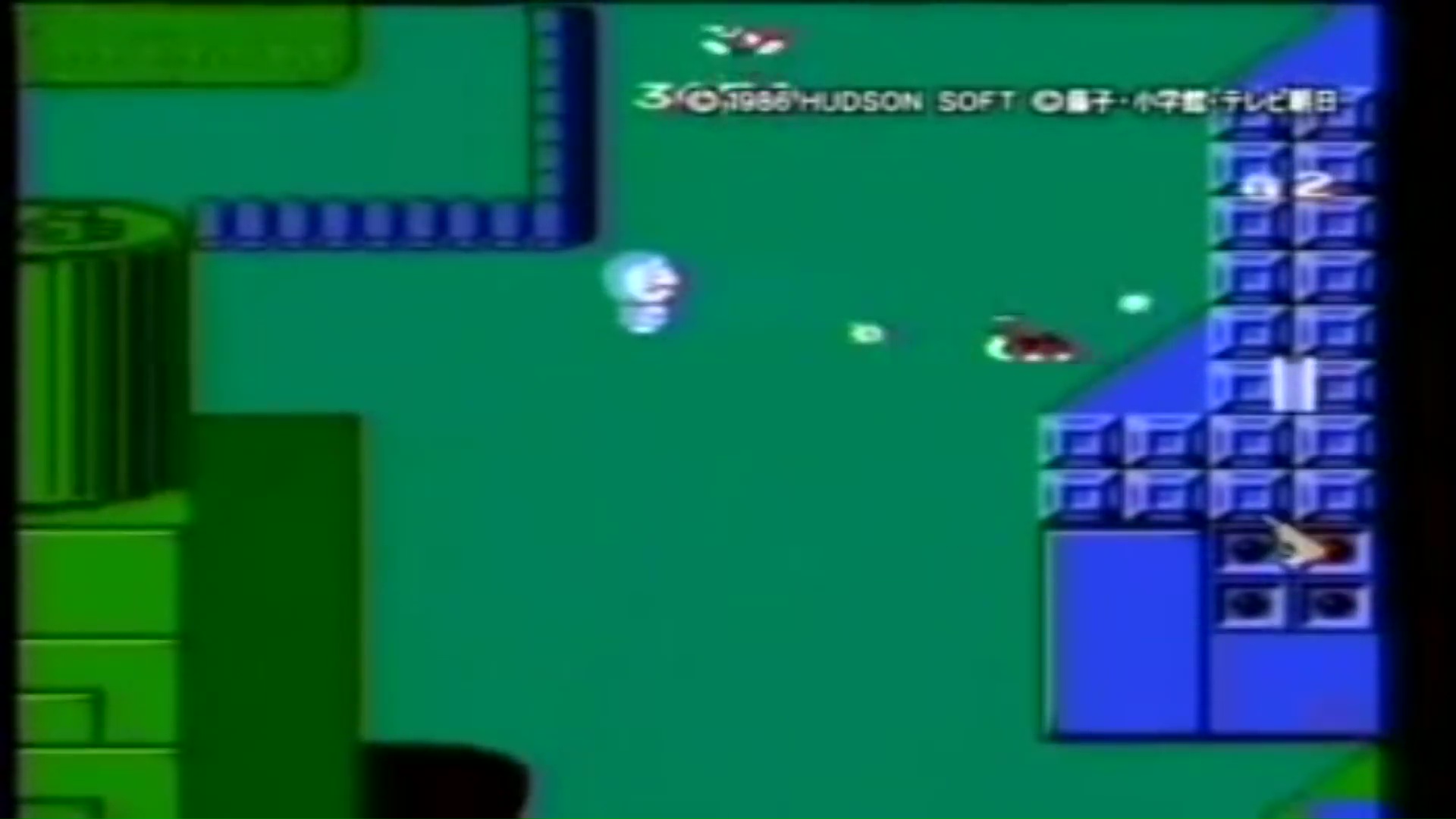
Skip the World
If you hold down “A” and “B” on the title screen and press “Select” once, you’ll get the world 2

Hudson Masterpiece Introduction 3
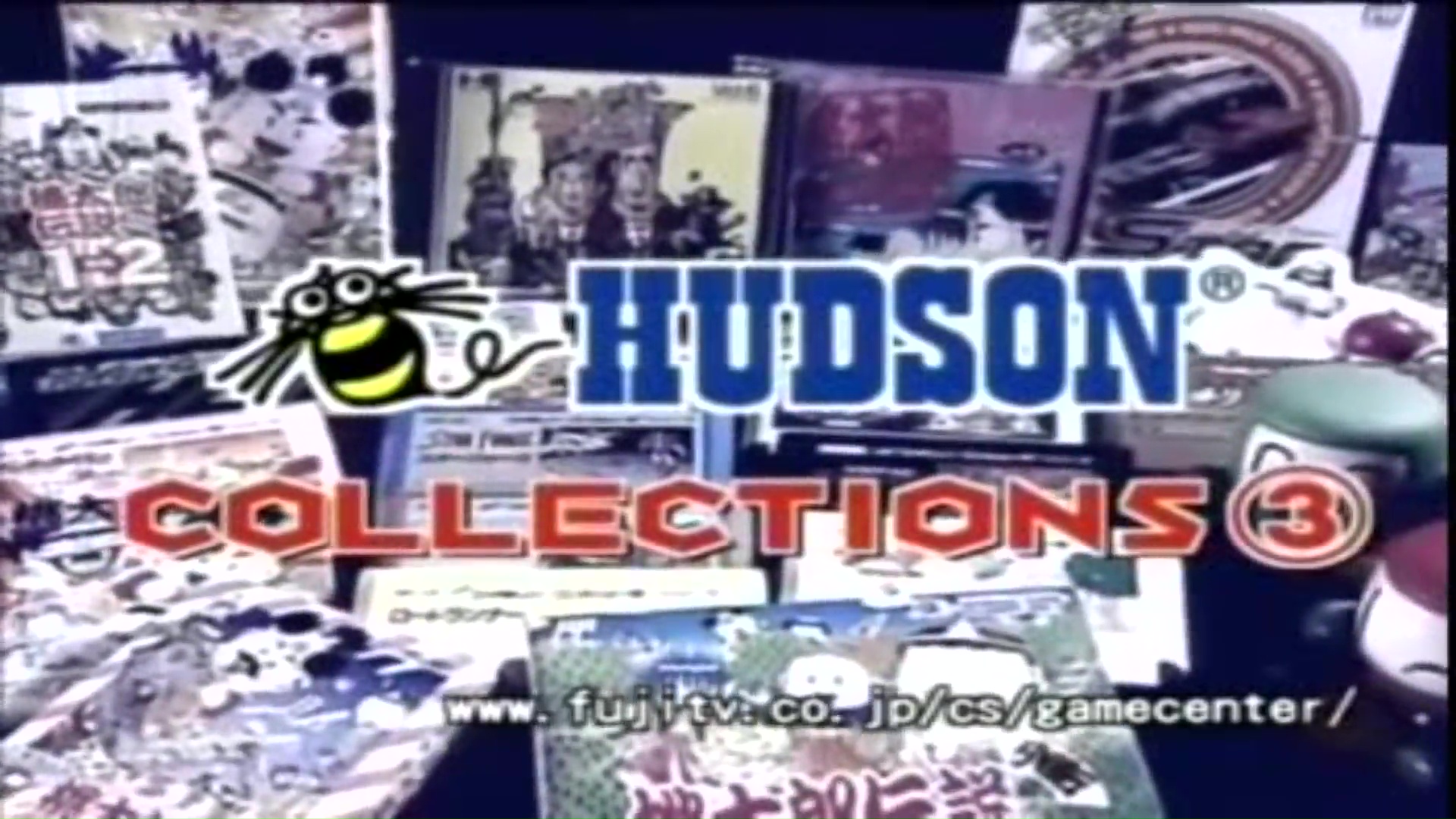
1987 “Kato-chan Ken-chan” PC Engine
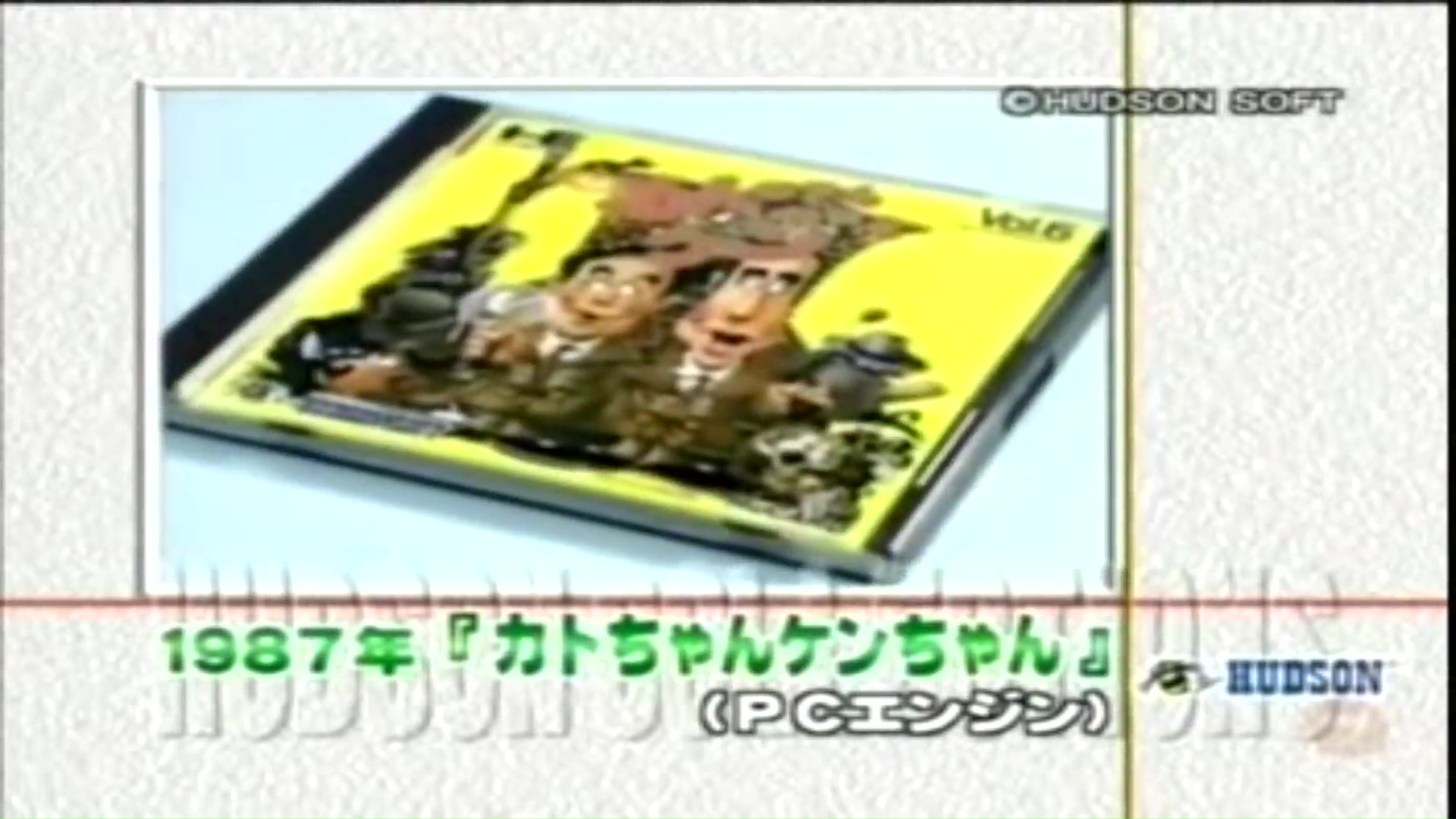
Modeled on the legendary Kato-chan-Ken-chan Gokigen TV show, which has garnered high ratings.
Kato-chan’s high jumping ability and Ken-chan’s quick feet make use of their characteristics to clear the stage.

1988 “Princess of Tomatoes in Salad Land” (NES)
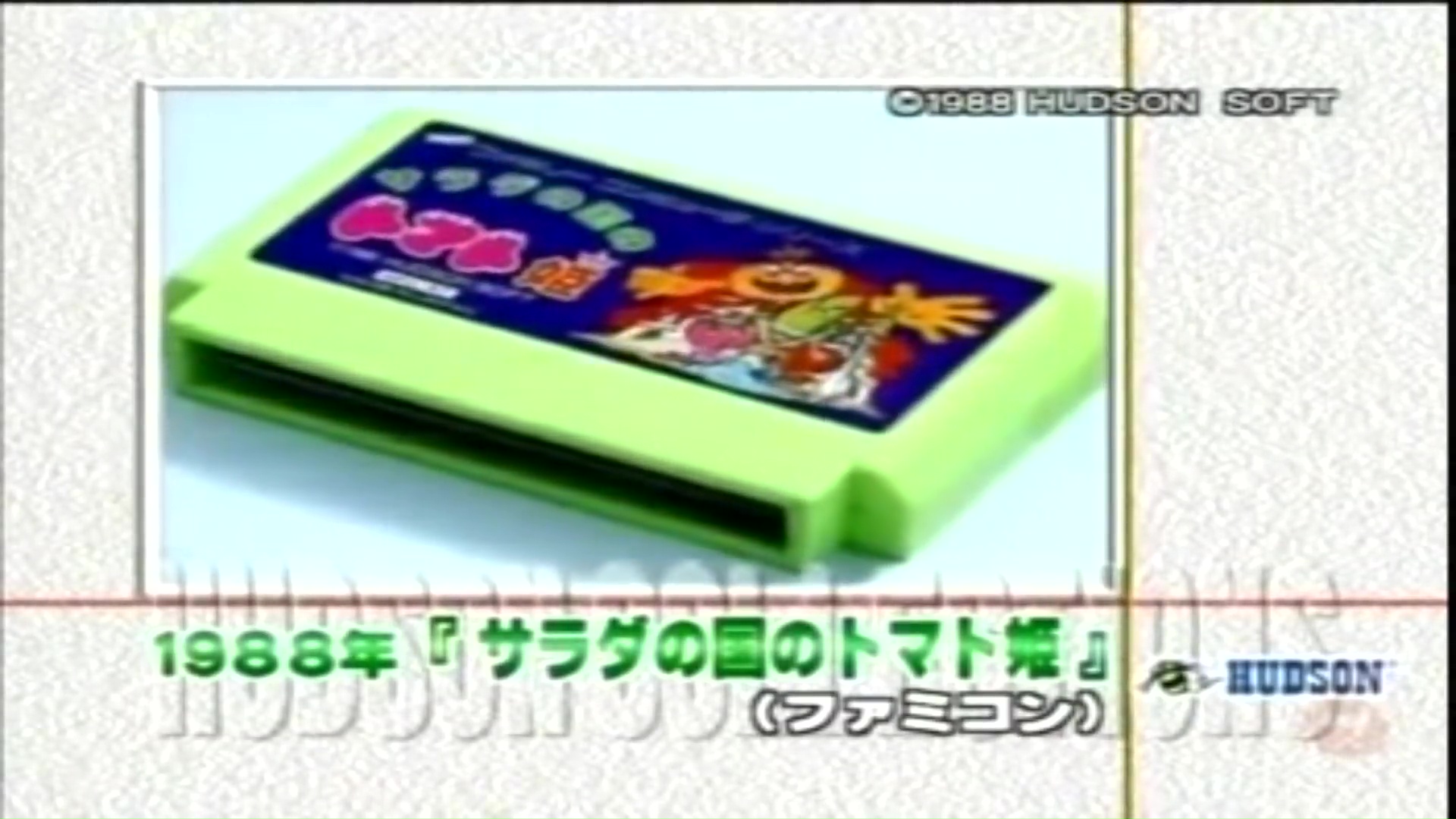
An unusual adventure game in which all the characters are vegetables.
The highly accurate story and cute characters have made this software popular among girls.

Creator Quotes
How to watch the video?
DVD/CDの宅配レンタル【TSUTAYA DISCAS】ゲームセンターCXはFODでも配信中。
フジテレビの動画見放題サイトはこちらから
Arino’s summary

Oh no!
That was interesting!
I can’t believe you got to meet the jump broadcaster, Sakuma.
That was a surprise.
To tell the truth, I was really surprised.
To tell the truth, I wanted to call him “Sakuma”, but as I was talking to him, he started to look like a real yellow sweater.
But as I was talking to you, the yellow sweater looked like a real sweater.



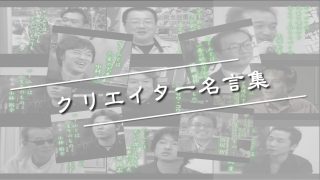



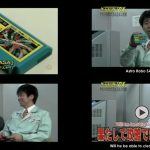
コメント